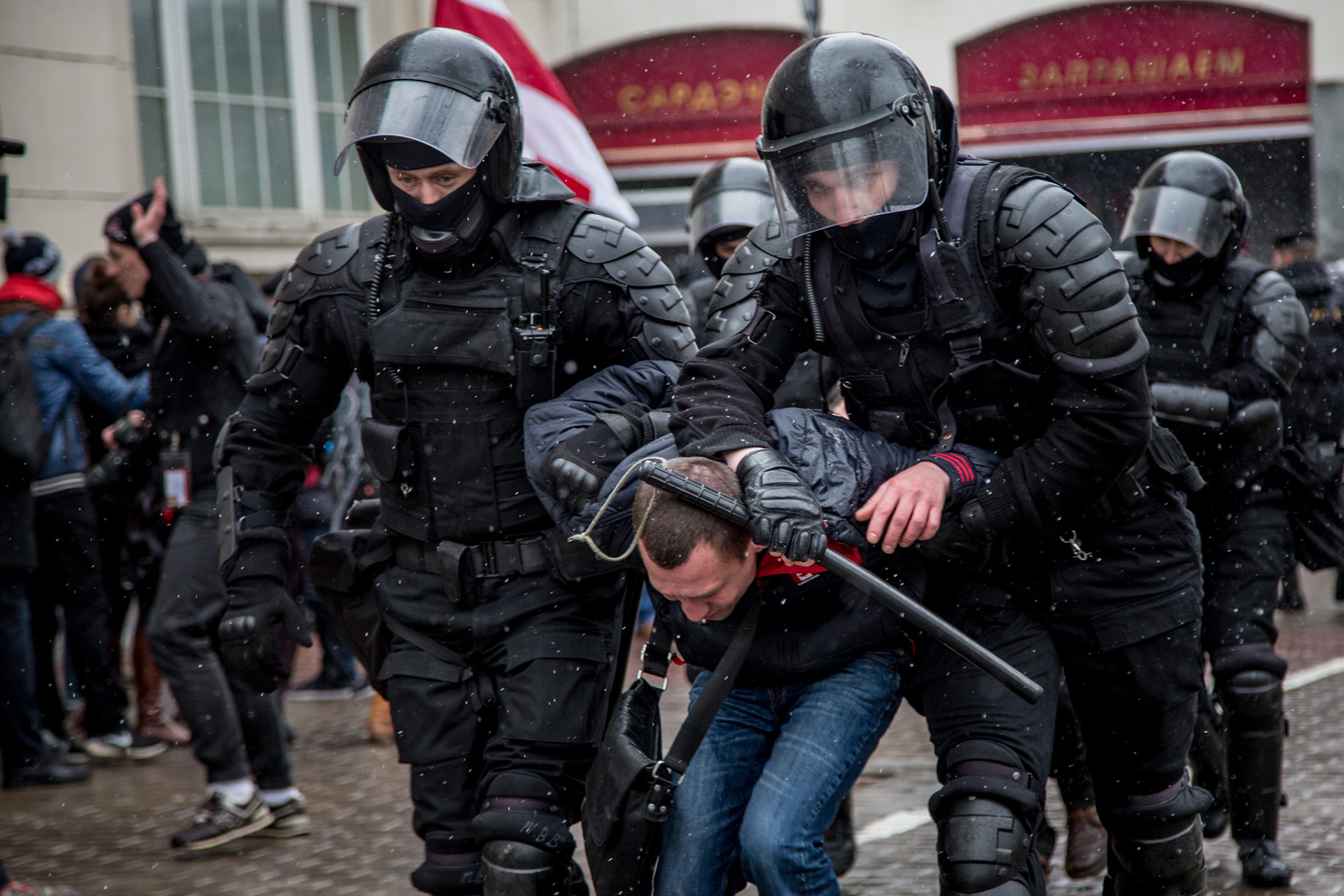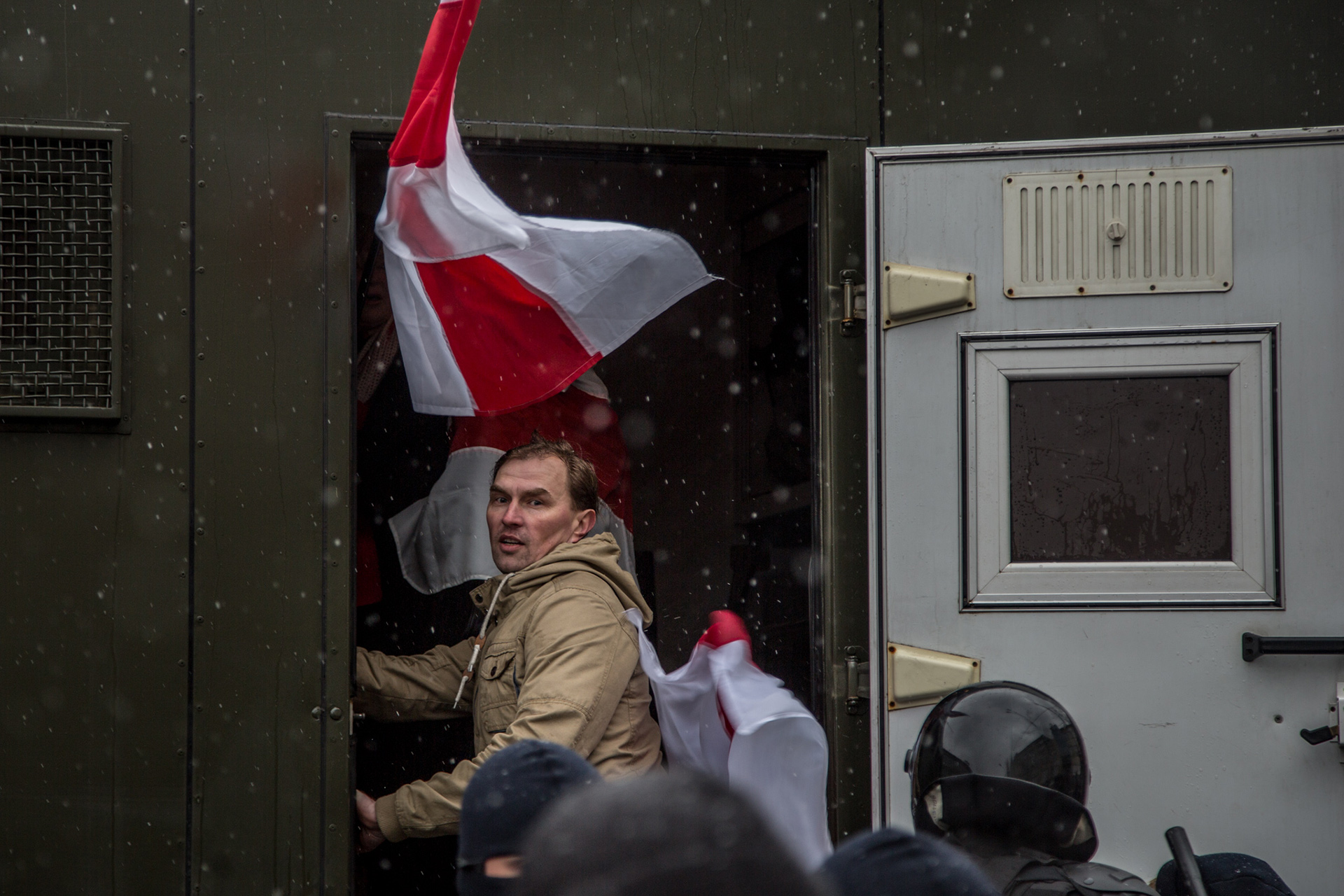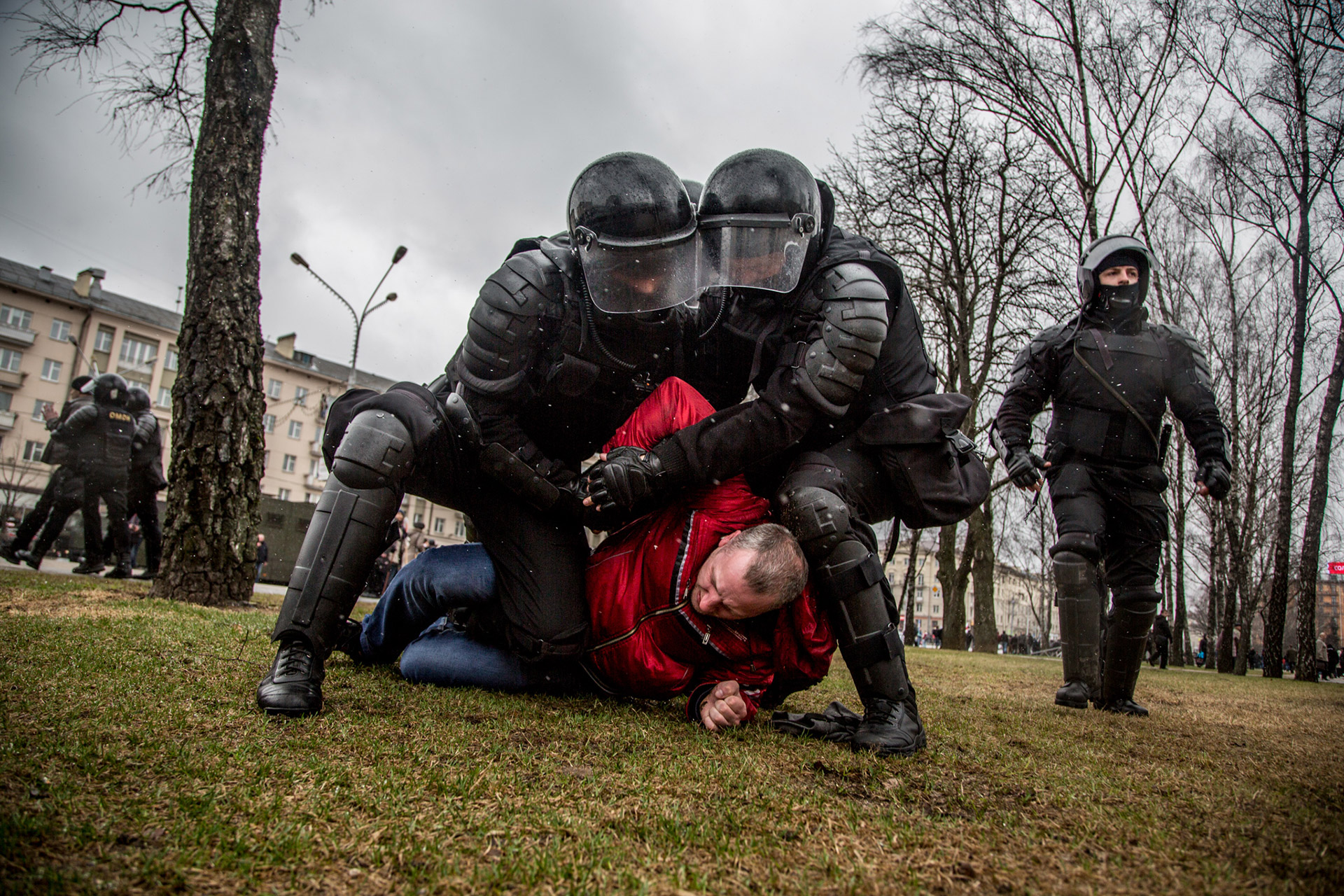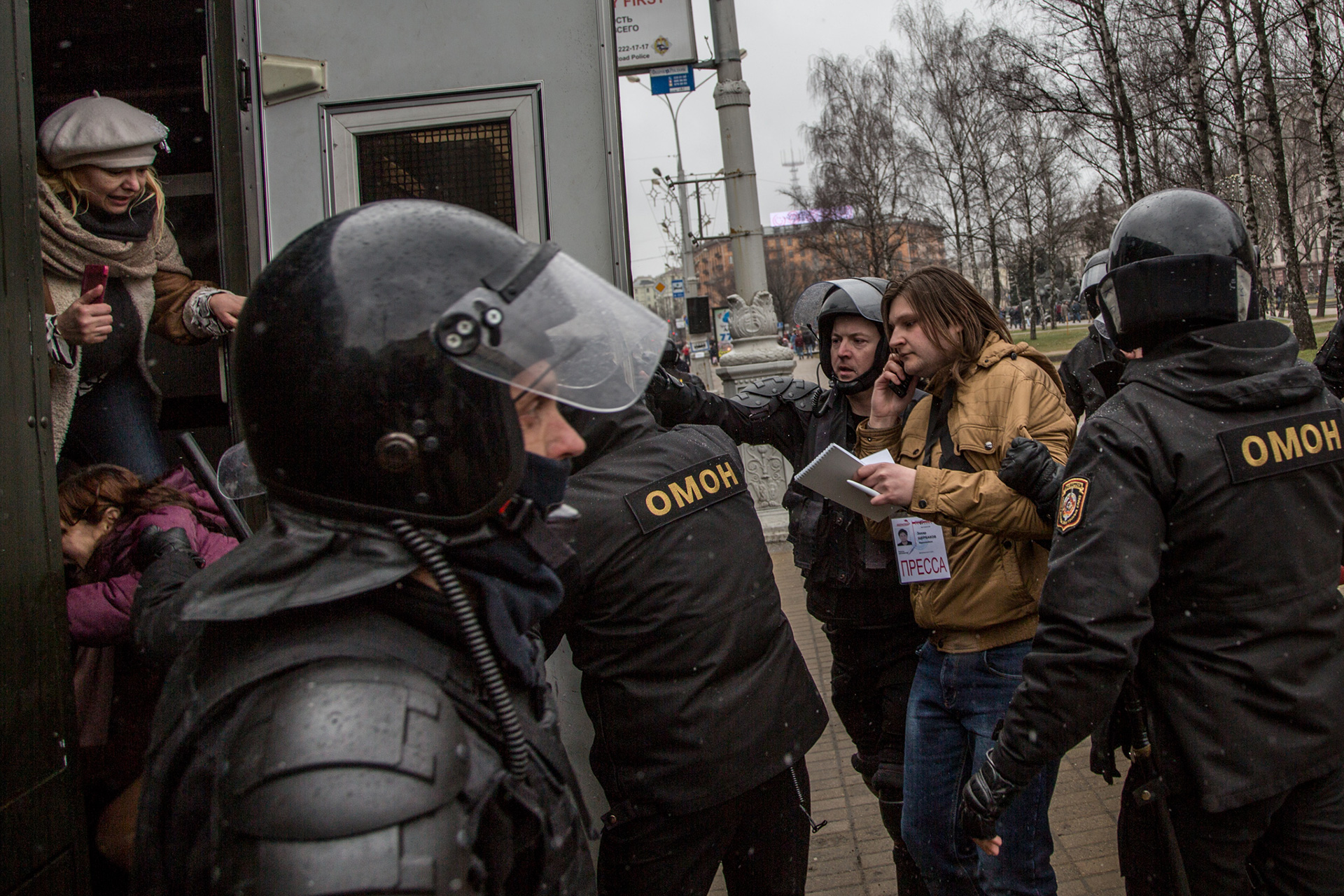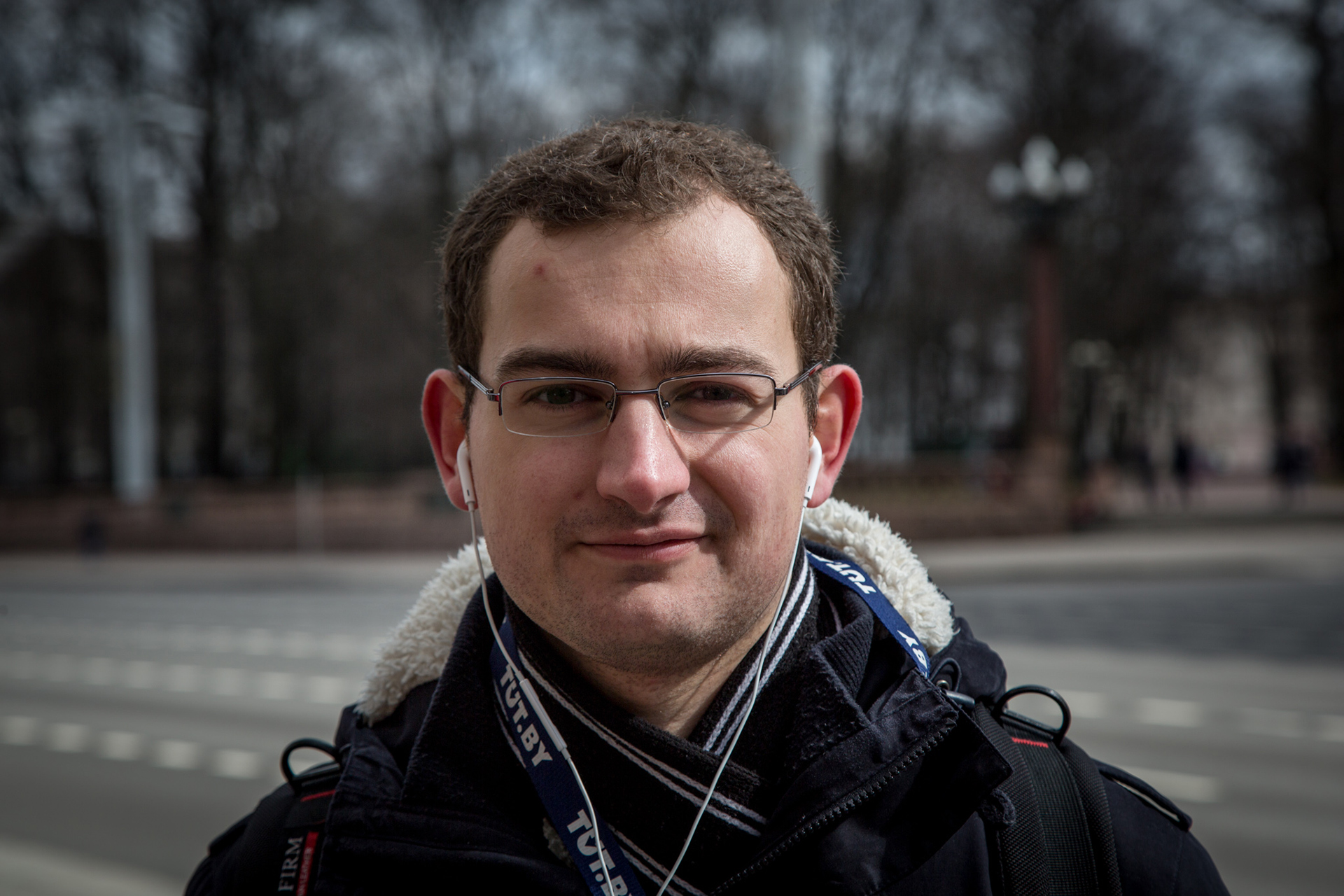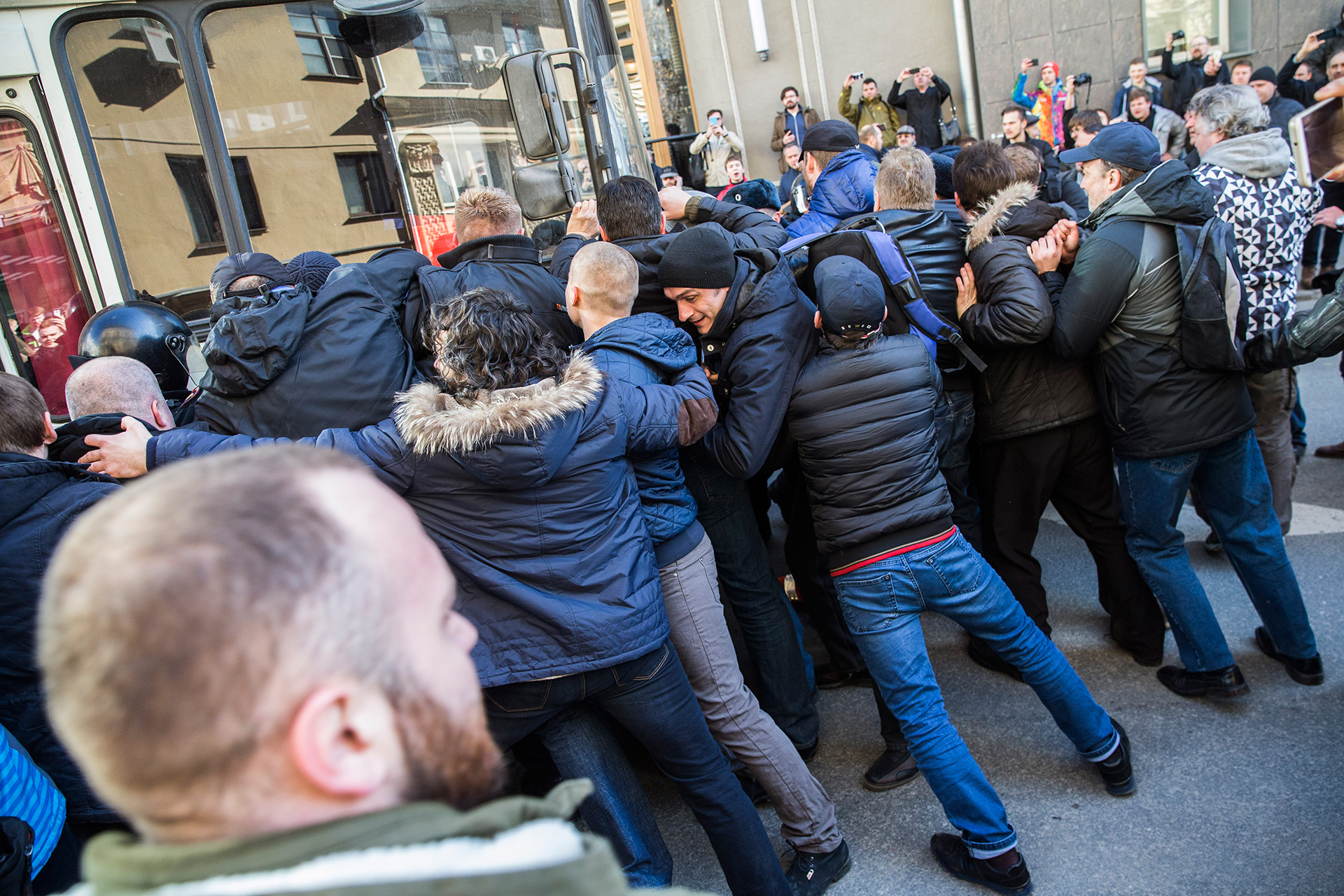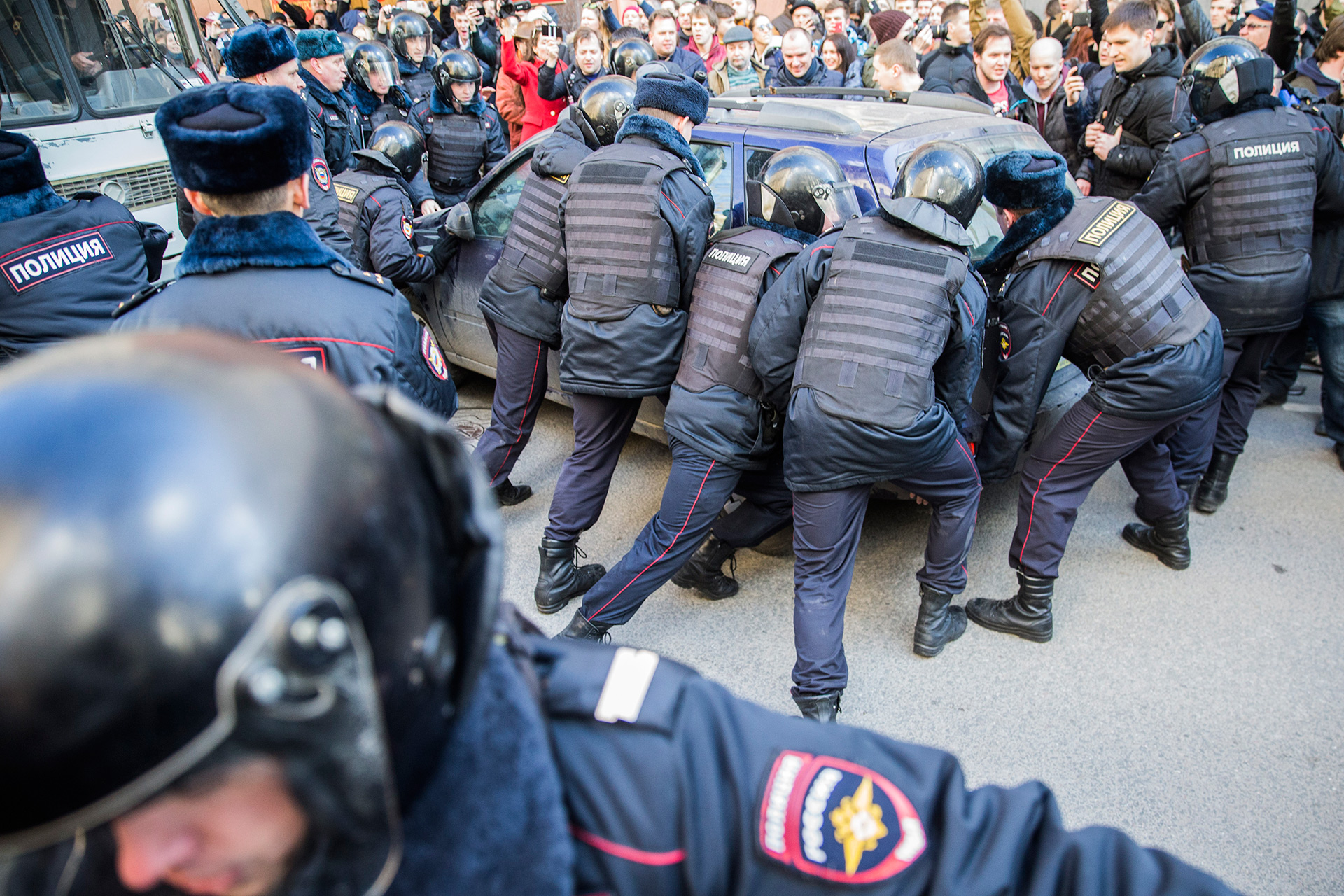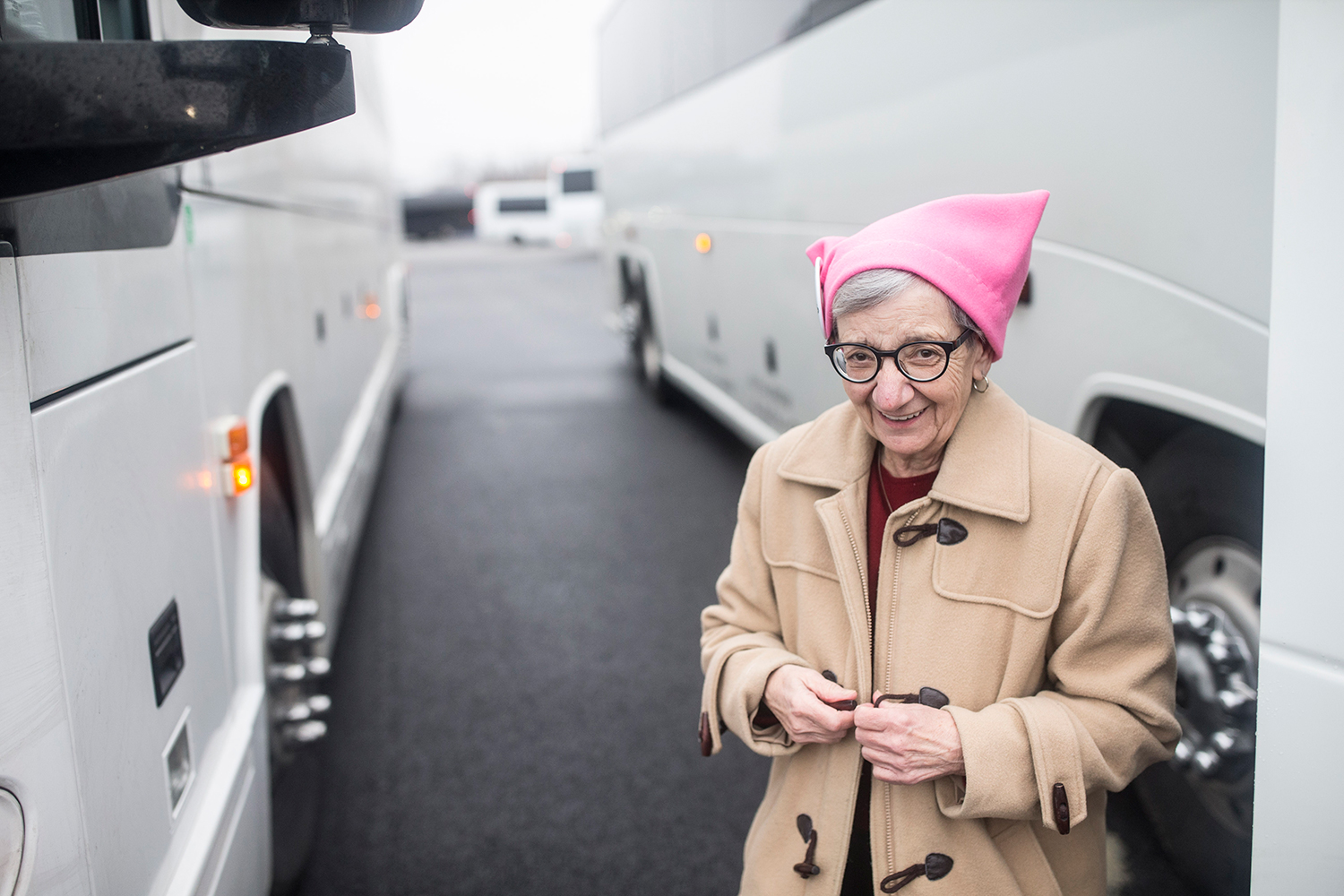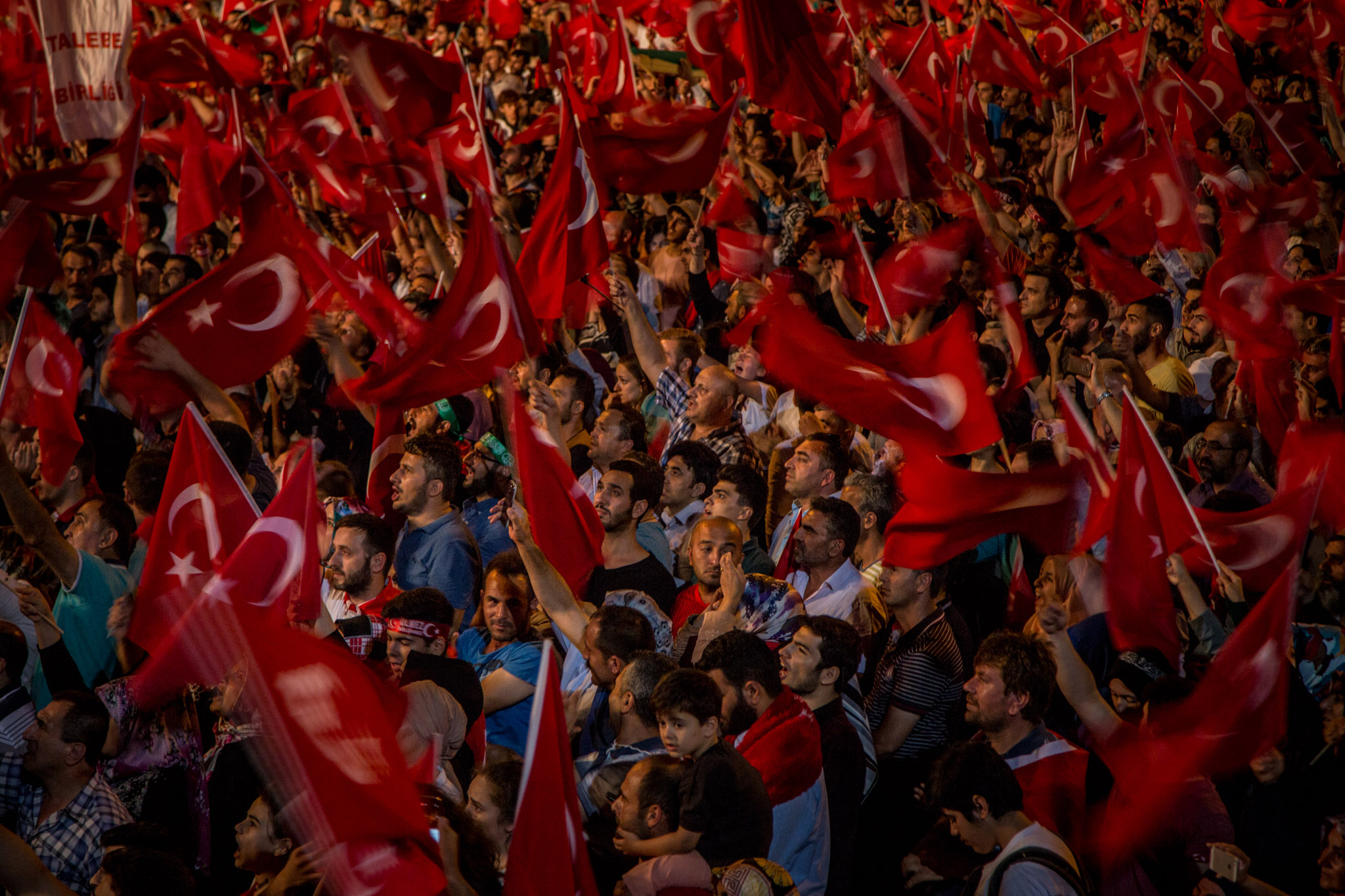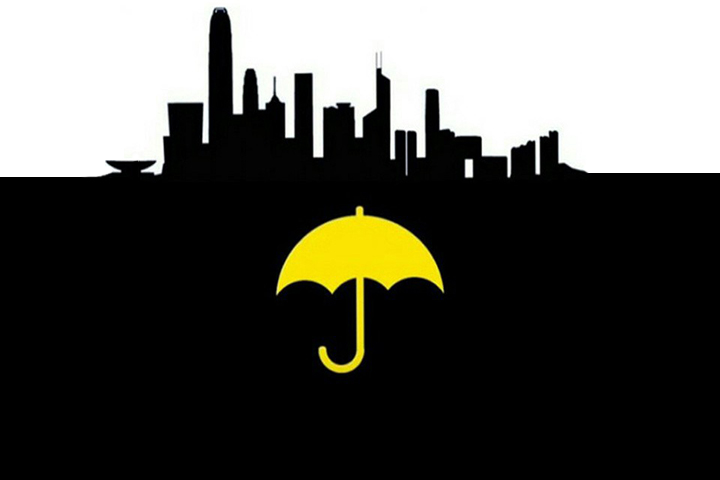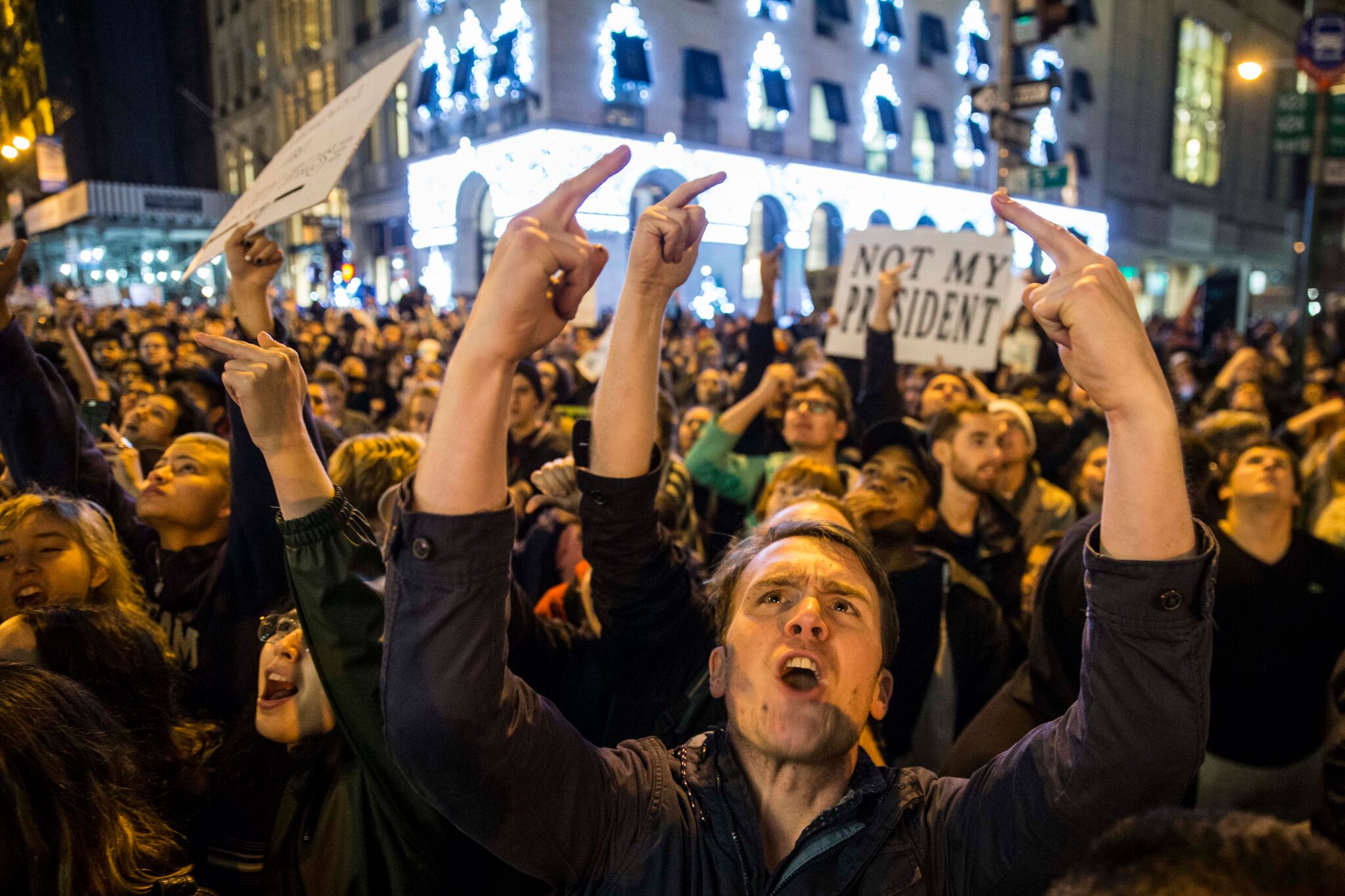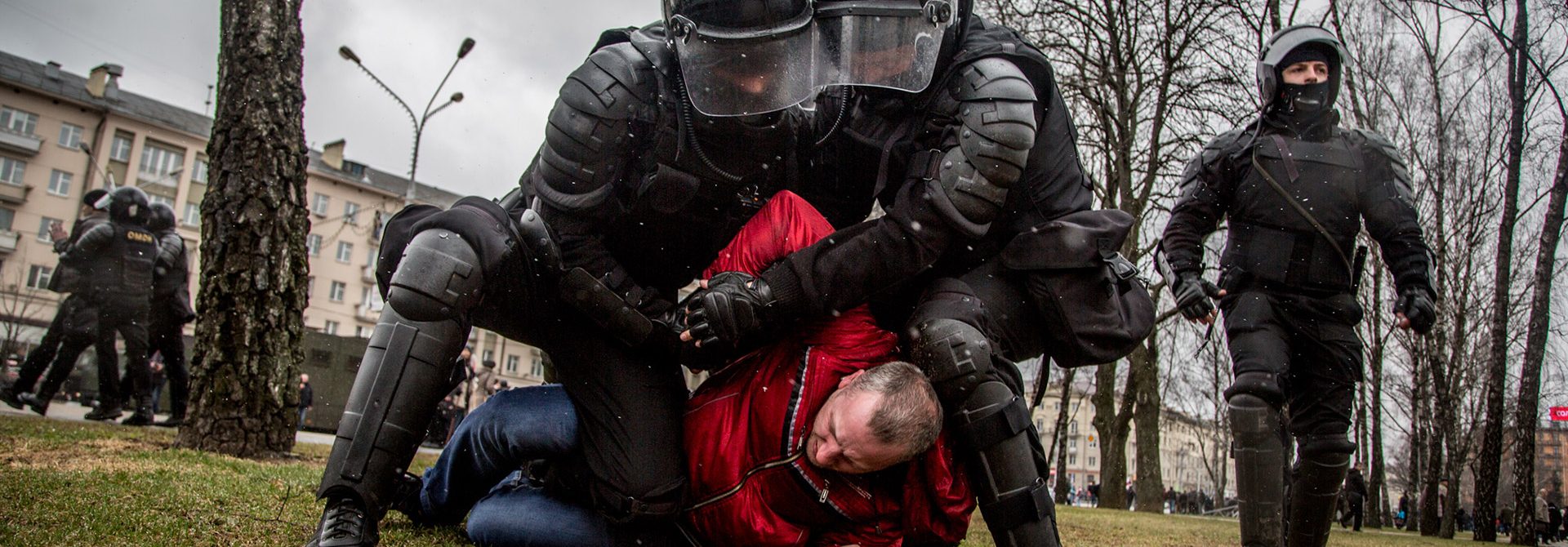
Minsk — Moscow: Protest Weekend
Minsk: Mopped-up Streets
On March 25 Belarus celebrates Freedom Day, an unofficial holiday. On this day in 1918, the independent Belarusian People’s Republic was proclaimed, which lasted only till the end of 1918. Every year on this day, the Belarusian opposition leads its supporters out to the streets of Belarusian cities to protest against Alexander Lukashenko’s authoritarian regime.
This year, the protests were heated by President Lukashenko’s decree to tax citizens who have no official employment, which was dubbed a
The decree on taxing citizens who were officially employed for less than six months a year was signed in 2015. As the first deadline for paying the tax, February 20, 2017, approached, large-scale protests rolled across Belarus, dubbed ‘Non-Parasite Marches’ (the tax, which is about $200, concerns only about 8% of employable Belarusians). On March 9, the president postponed the payment deadline for a year and reminded everyone that a decree may be reviewed.
Even before the protest started, all the leaders of the protest movement were arrested or
Several thousand people went out to the streets anyway, but all approaches to the Academy of Sciences, where the opposition leaders originally planned to gather, were blocked by the police. Police started arresting people one by one. Protesters with armed with protest signs and white-red-white flags of the Belarusian People’s Republic started gathering along the barriers.
One of the organizers of the protest, Mikola Statkevich, went missing and his family had no contact with him for awhile. The updated information as of March 27 is that he was held by the KGB and later released.
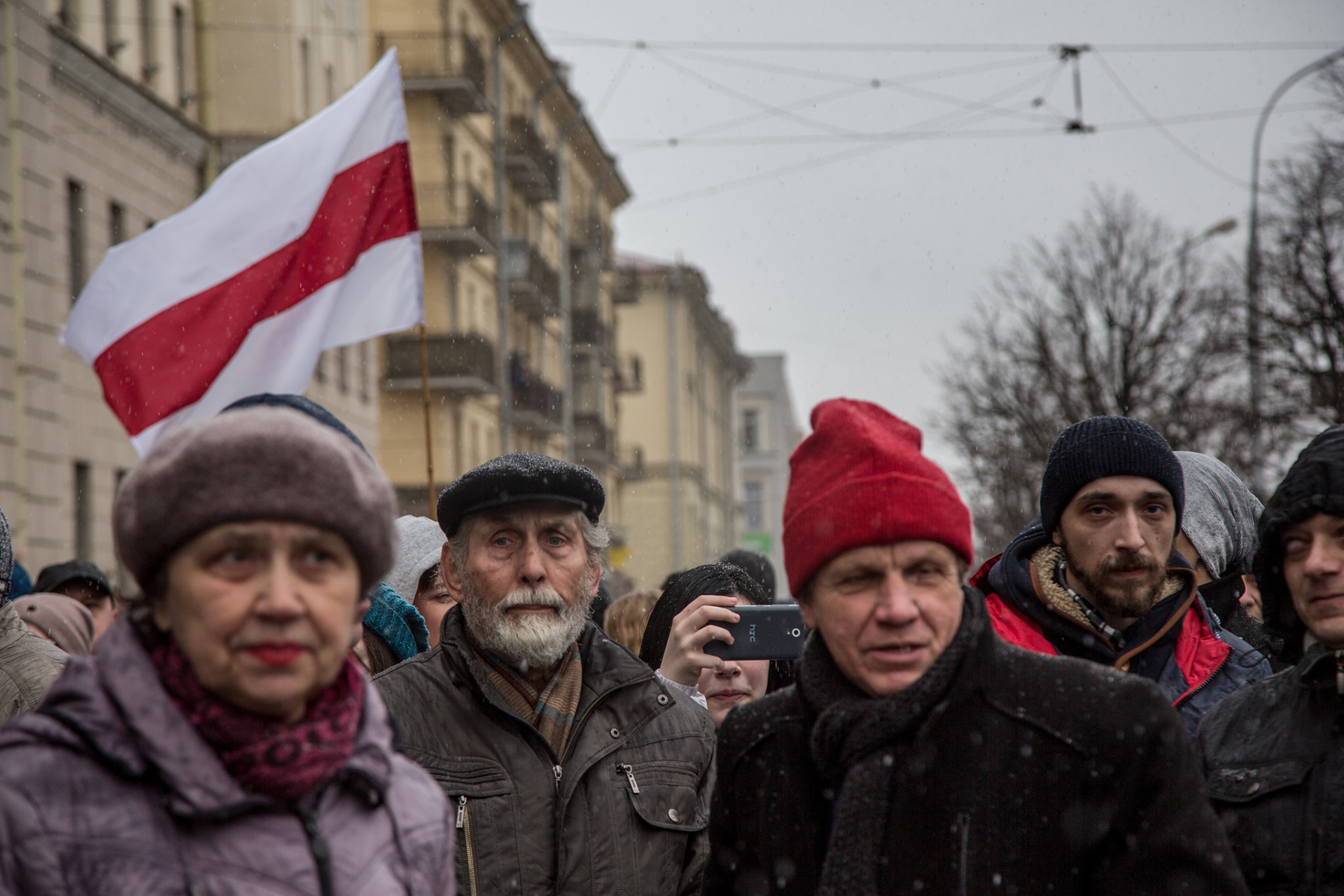
After the requests to dissolve and the threats to apply force had no effect, law enforcement started getting ready to disperse people.
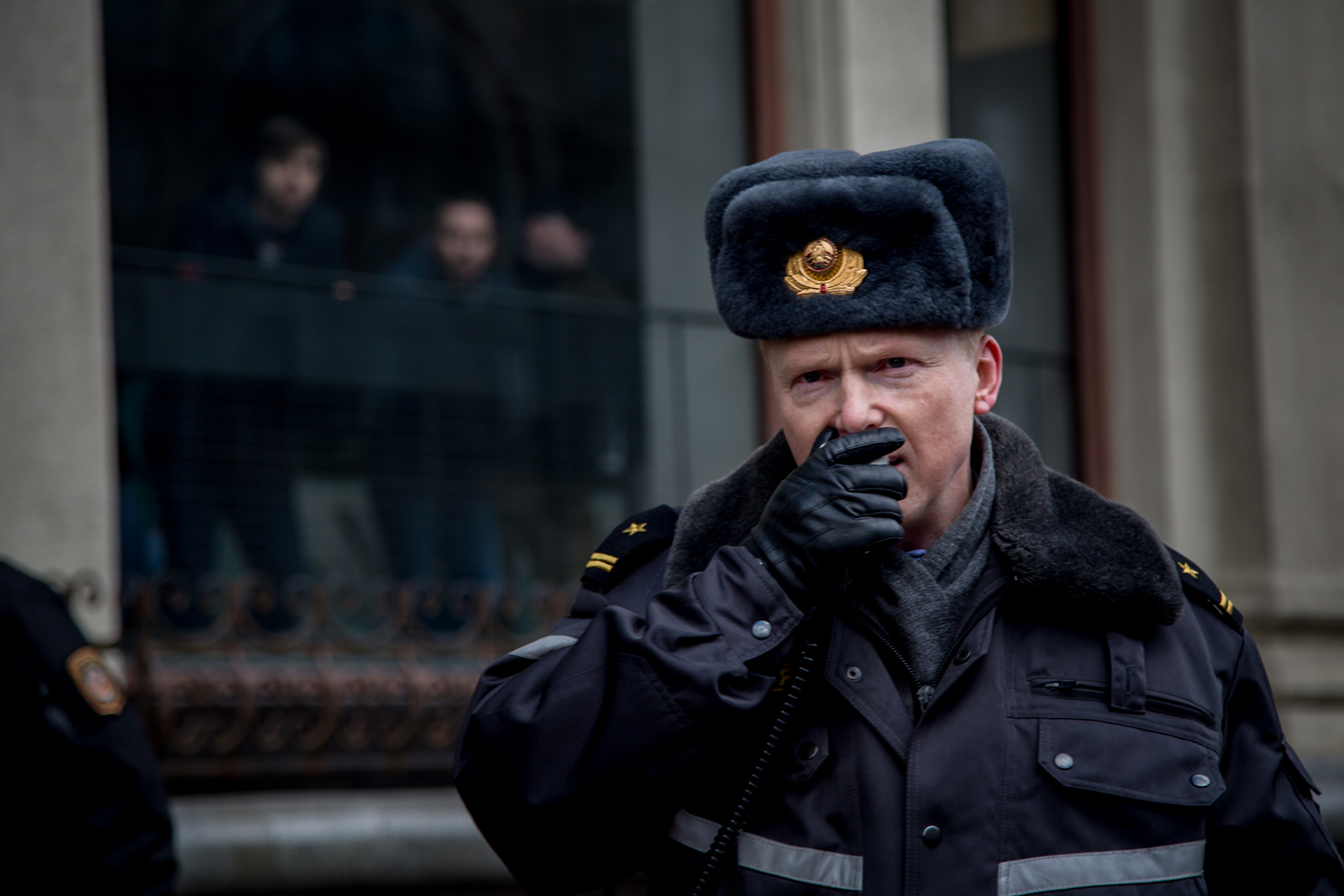
A policeman is asking people to leave October Square.
Then, the protesters turned around and started moving along Independence Avenue towards Victory Square.
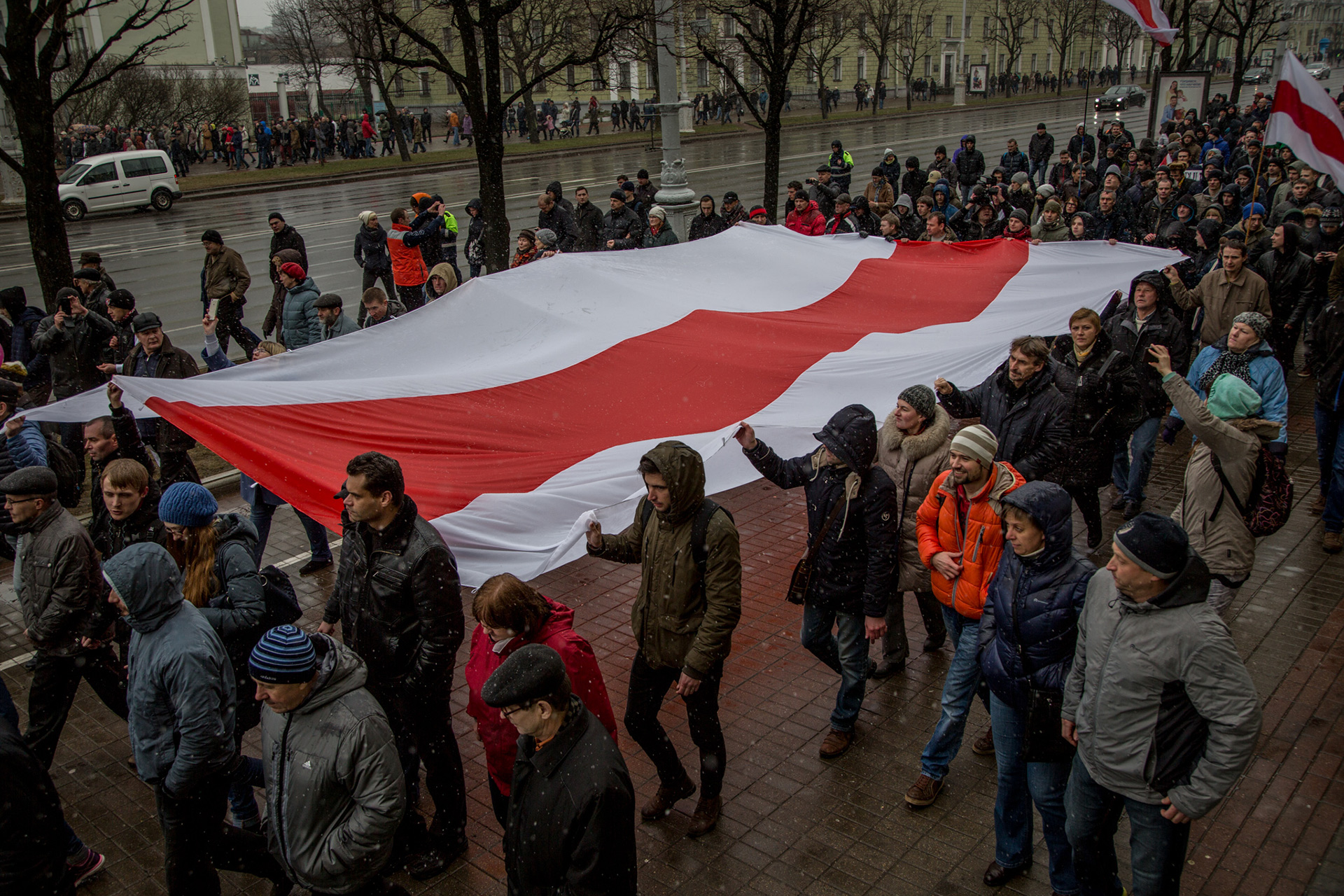
They very soon discovered that there are chains of policemen on the other side of the Independence Avenue, too — and they are armed with batons and shields.
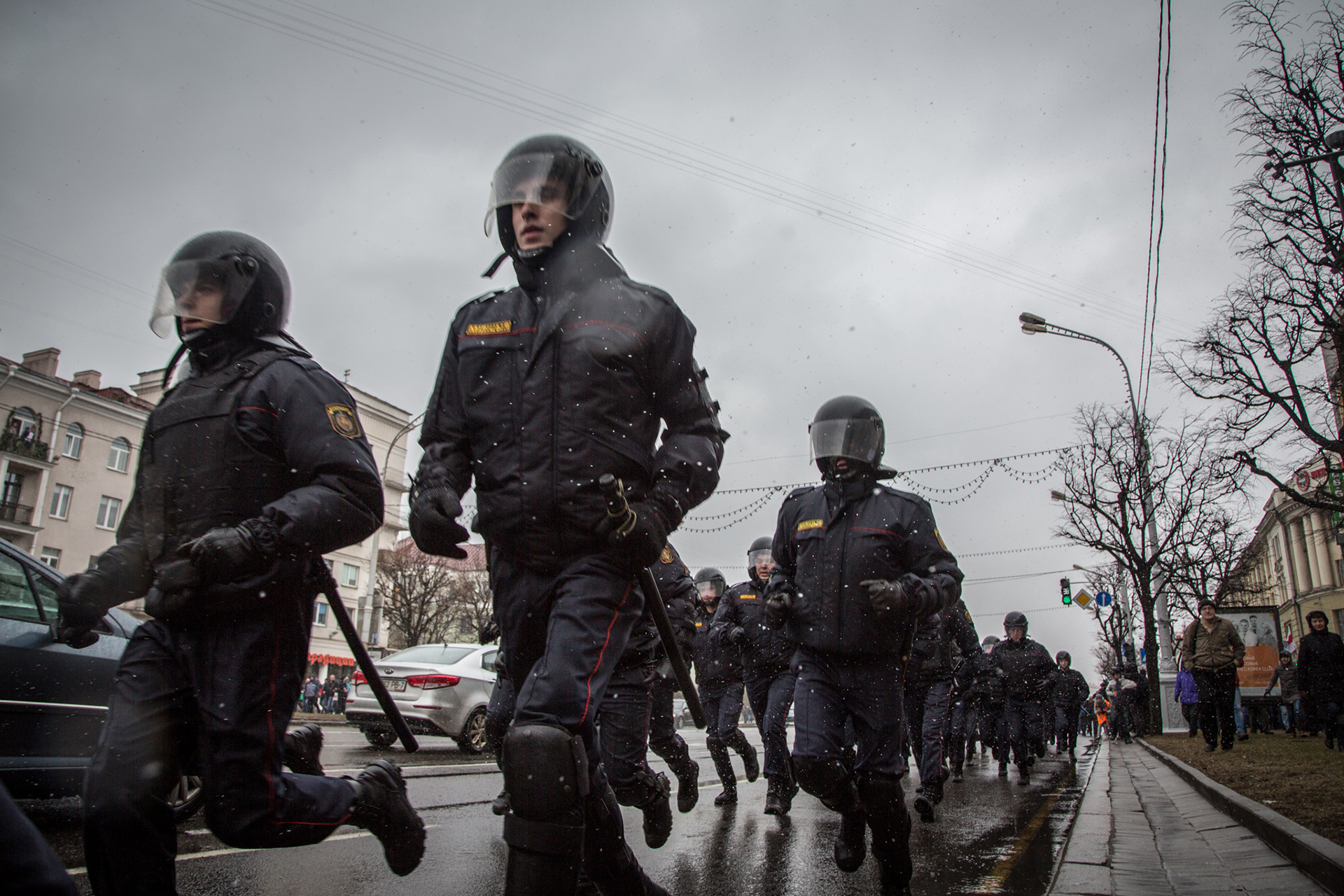
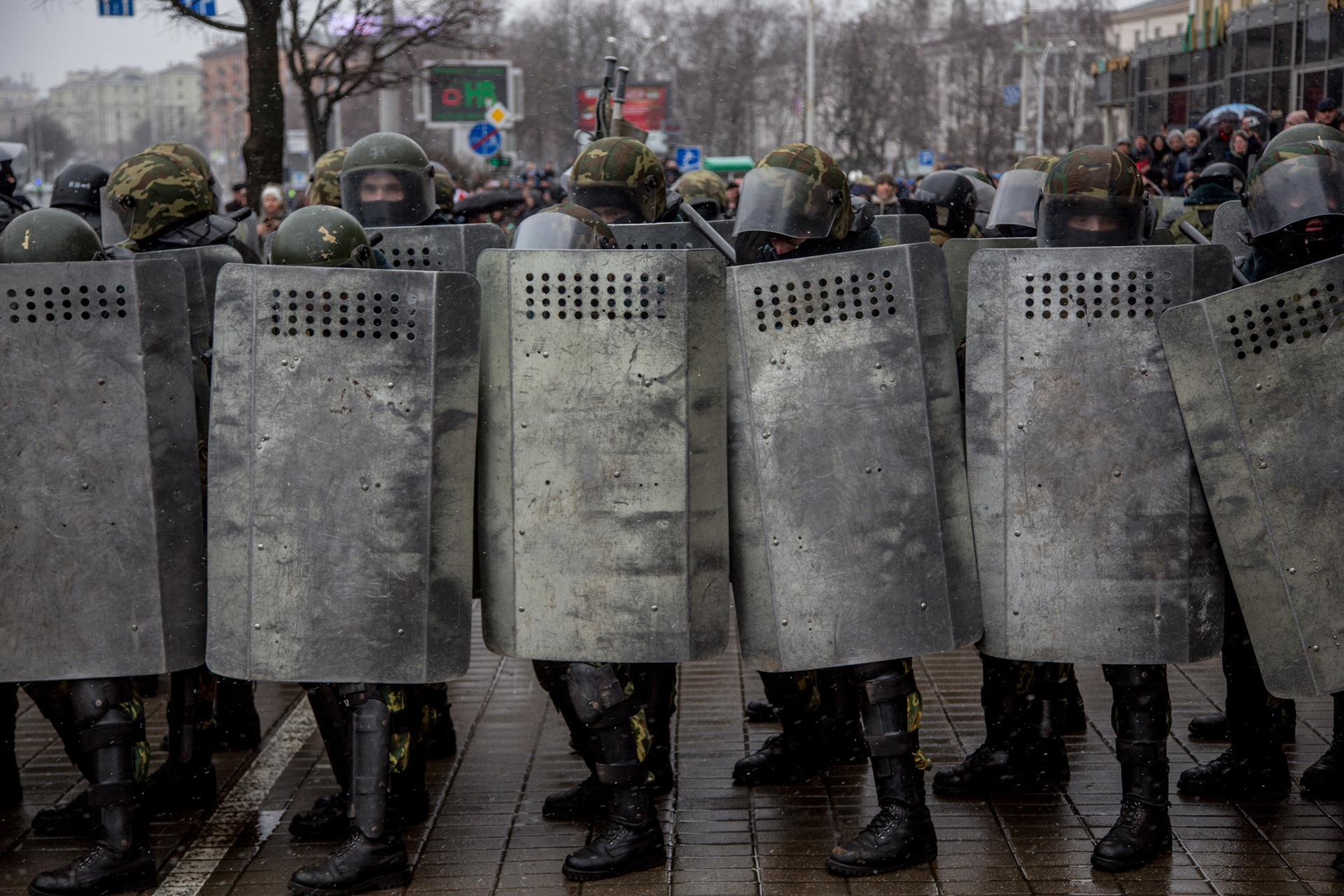
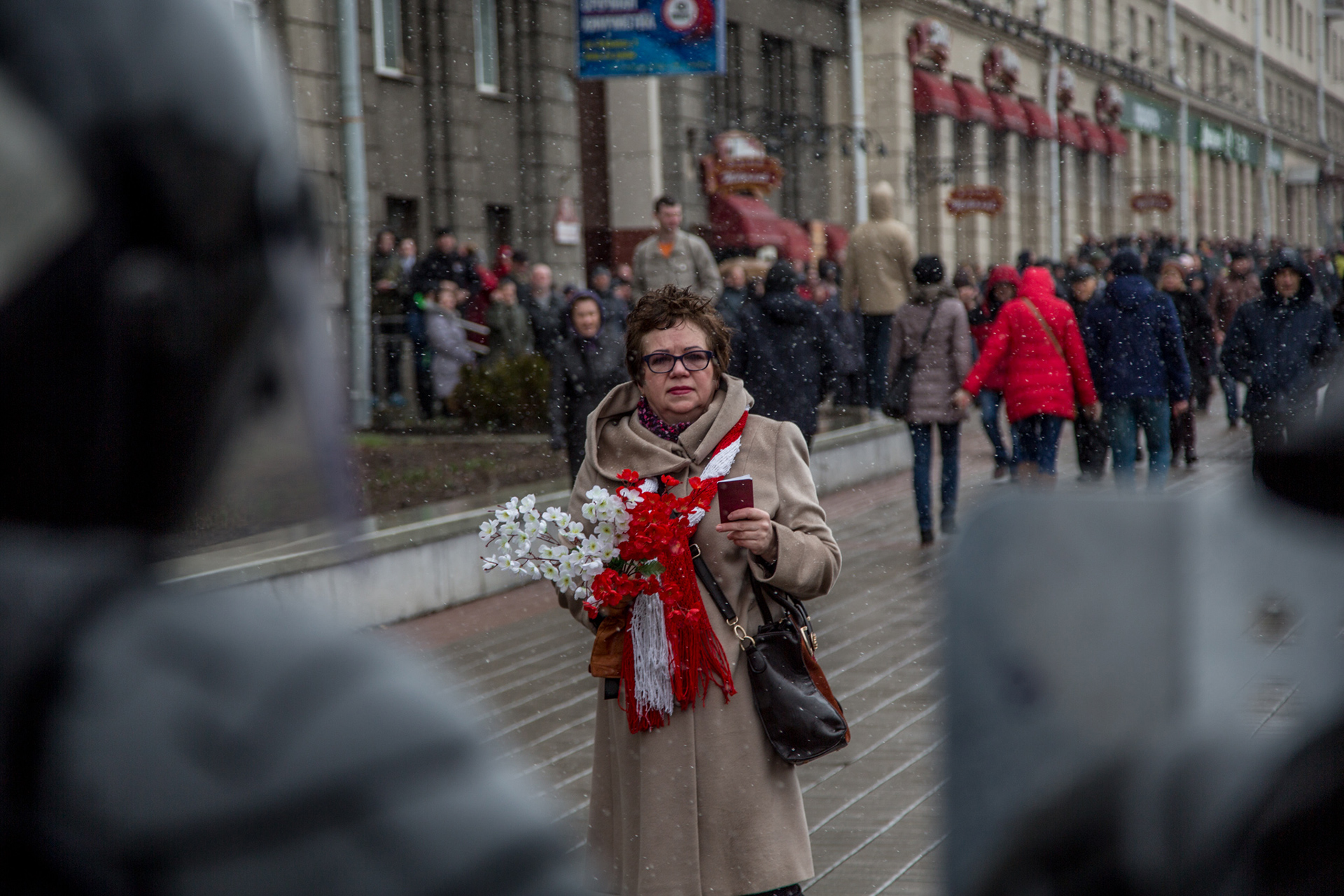
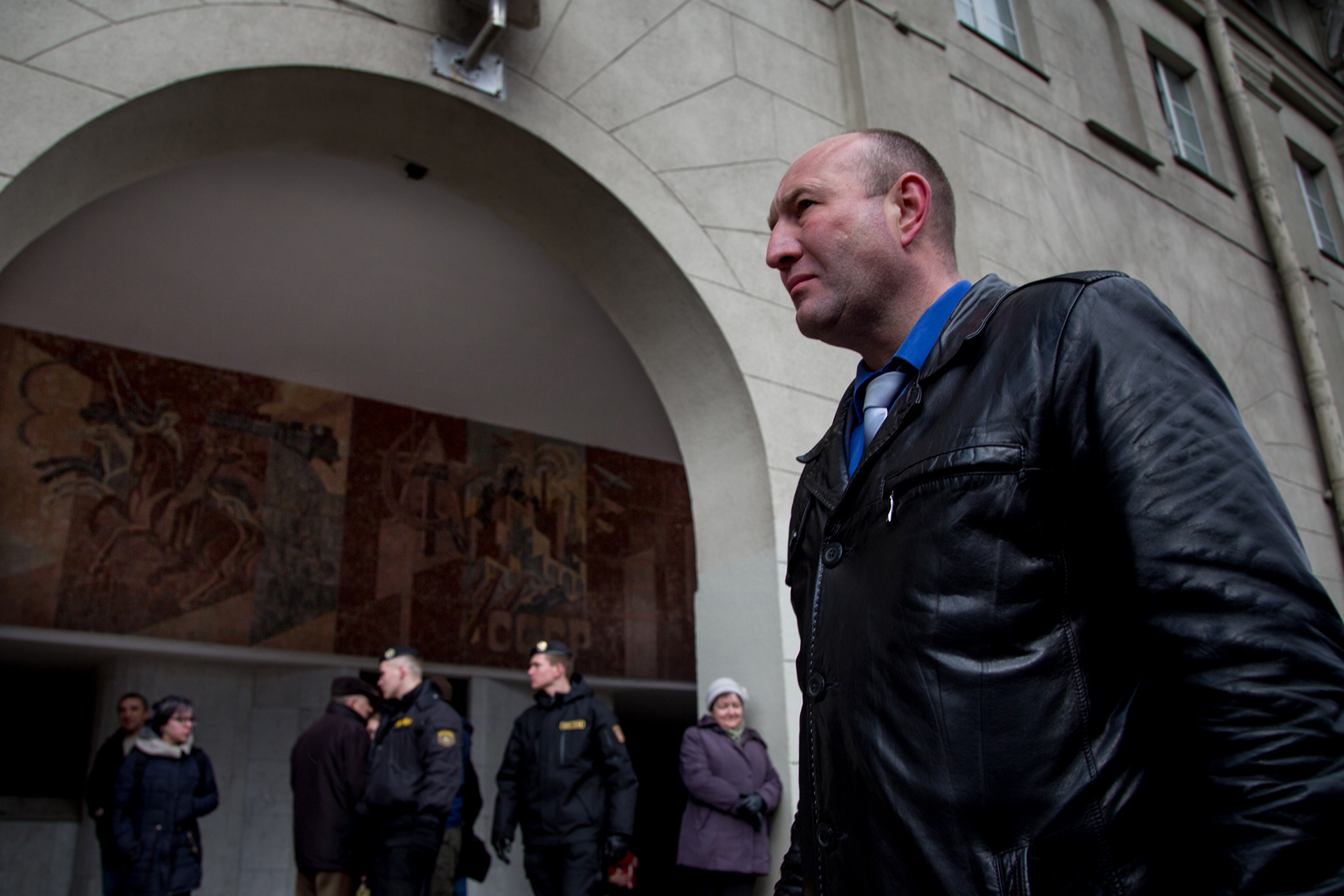
Colonel Dmitry Balaba, the head of the Minsk riot police, commanded the dispersal. He is known for having said that 70% of officers in the Minsk riot police have higher education, and that there are lovers of foreign languages, theater, and fine arts among them.
Arrests started, paddy wagons came in one after the other, and the square was quickly becoming empty.
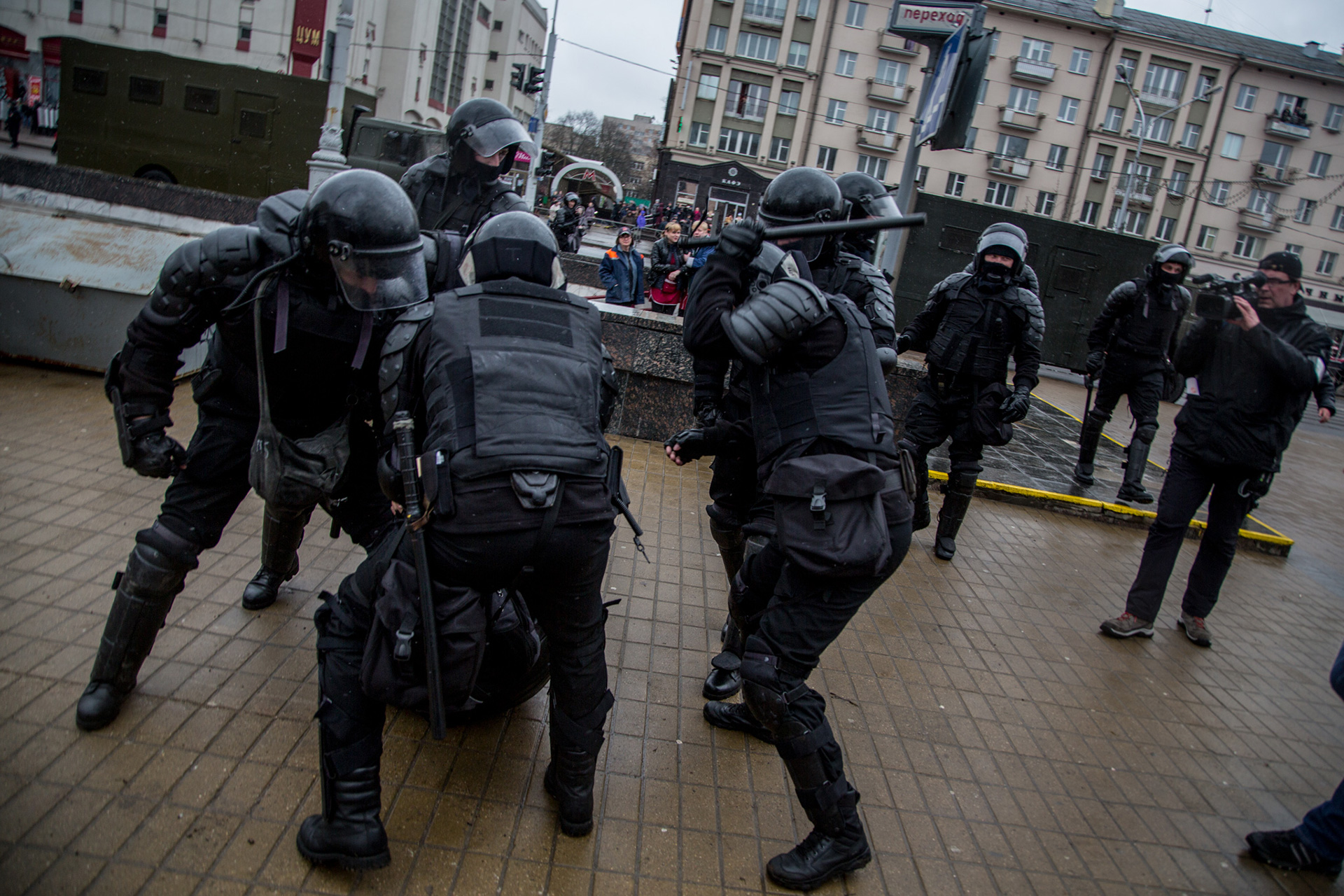
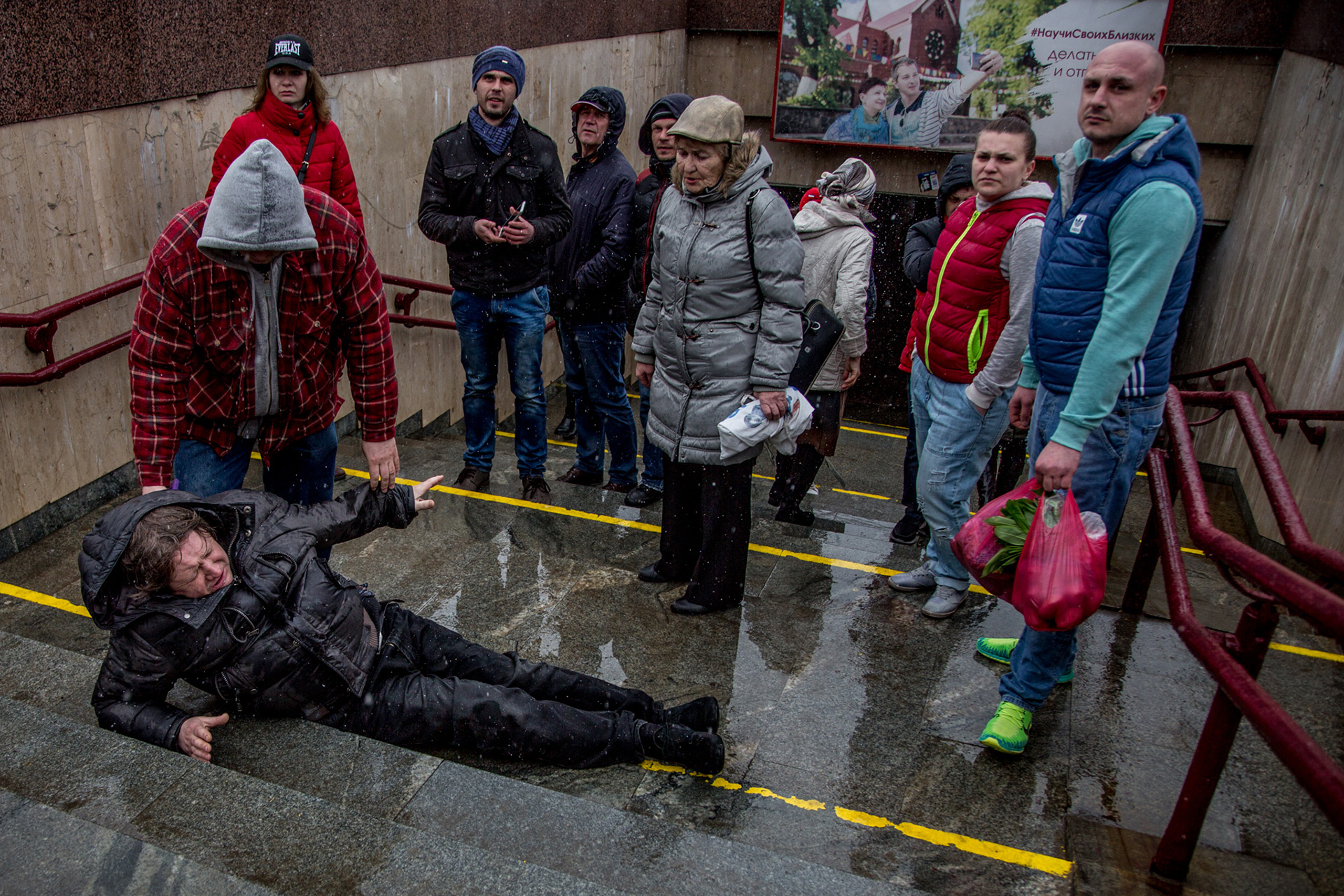
Riot policeman kicked a protester in the back, which caused his fall down a flight of stairs leading to the subway entrance.
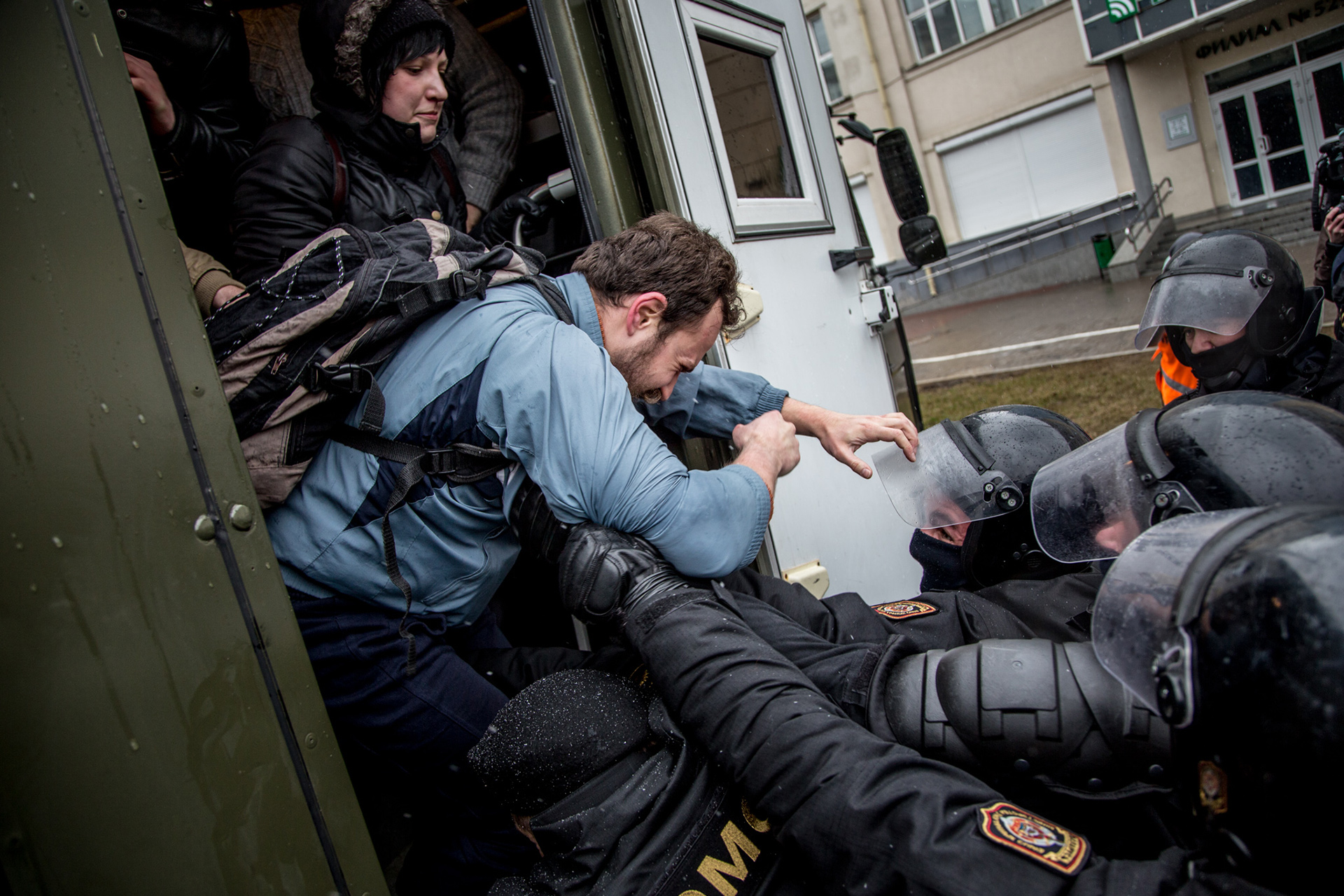
An arrested protester is trying to break free from the paddy wagon.
Despite the order not to restrict freedom of journalists, they were also arrested and sent to police stations for an identity check.
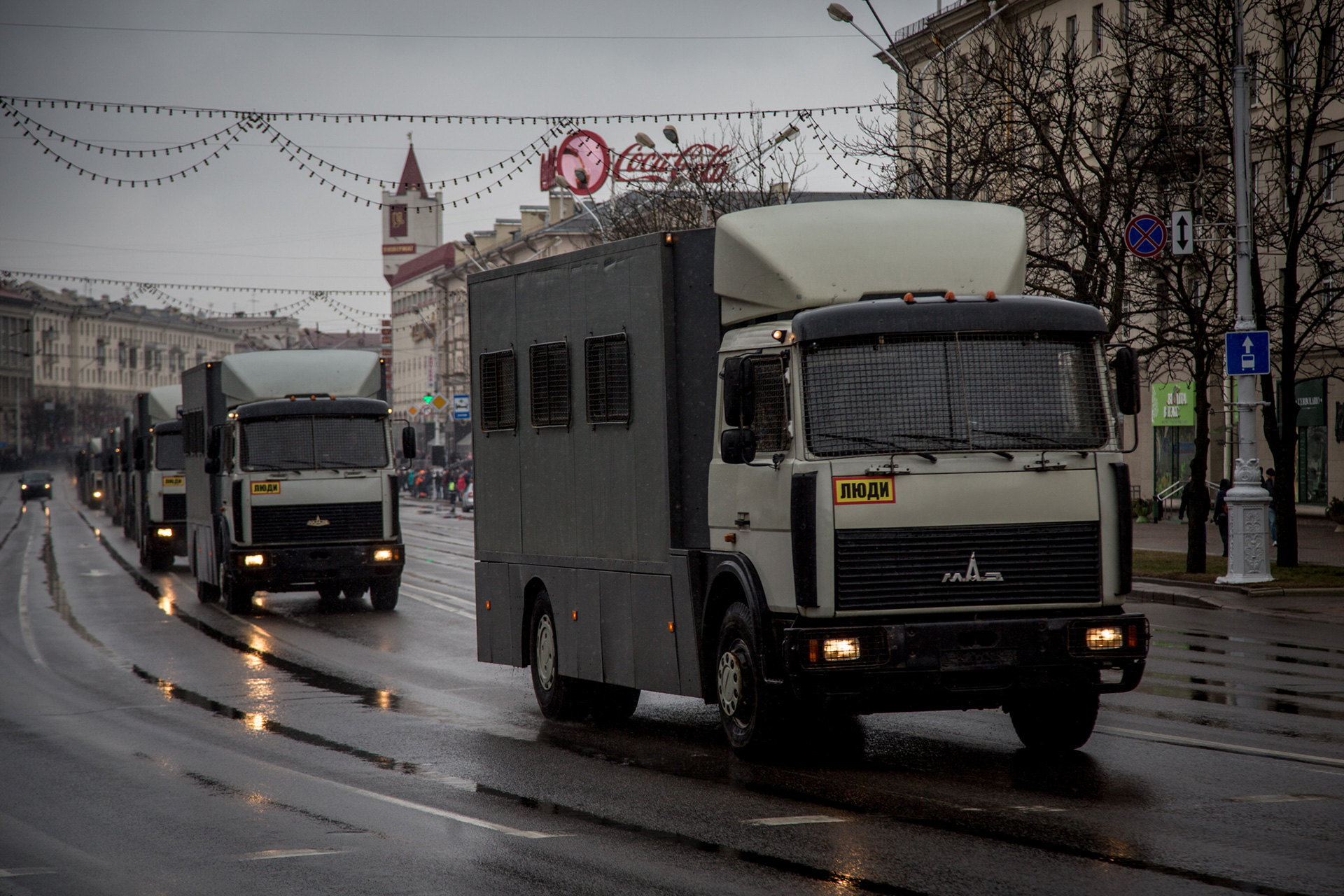
A mere couple hours after the protests started, a long line of paddy wagons drove along the empty Independence Avenue. According to the estimations of the human rights activists, the police arrested between 700 and 900 (according to the Belarus Helsinki Committee) protesters. As of Sunday, about a hundred people still remained detained in the police stations of Minsk.
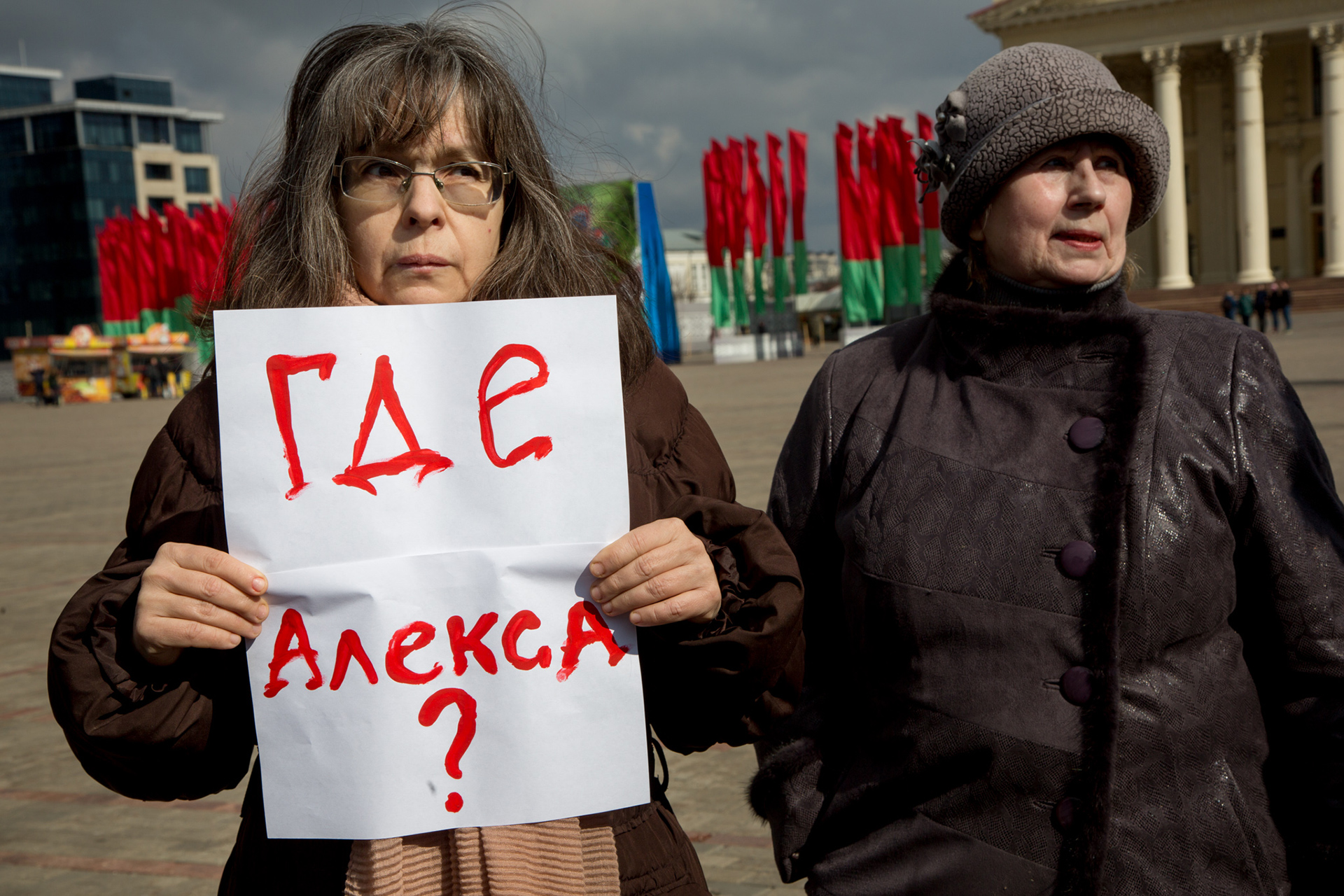
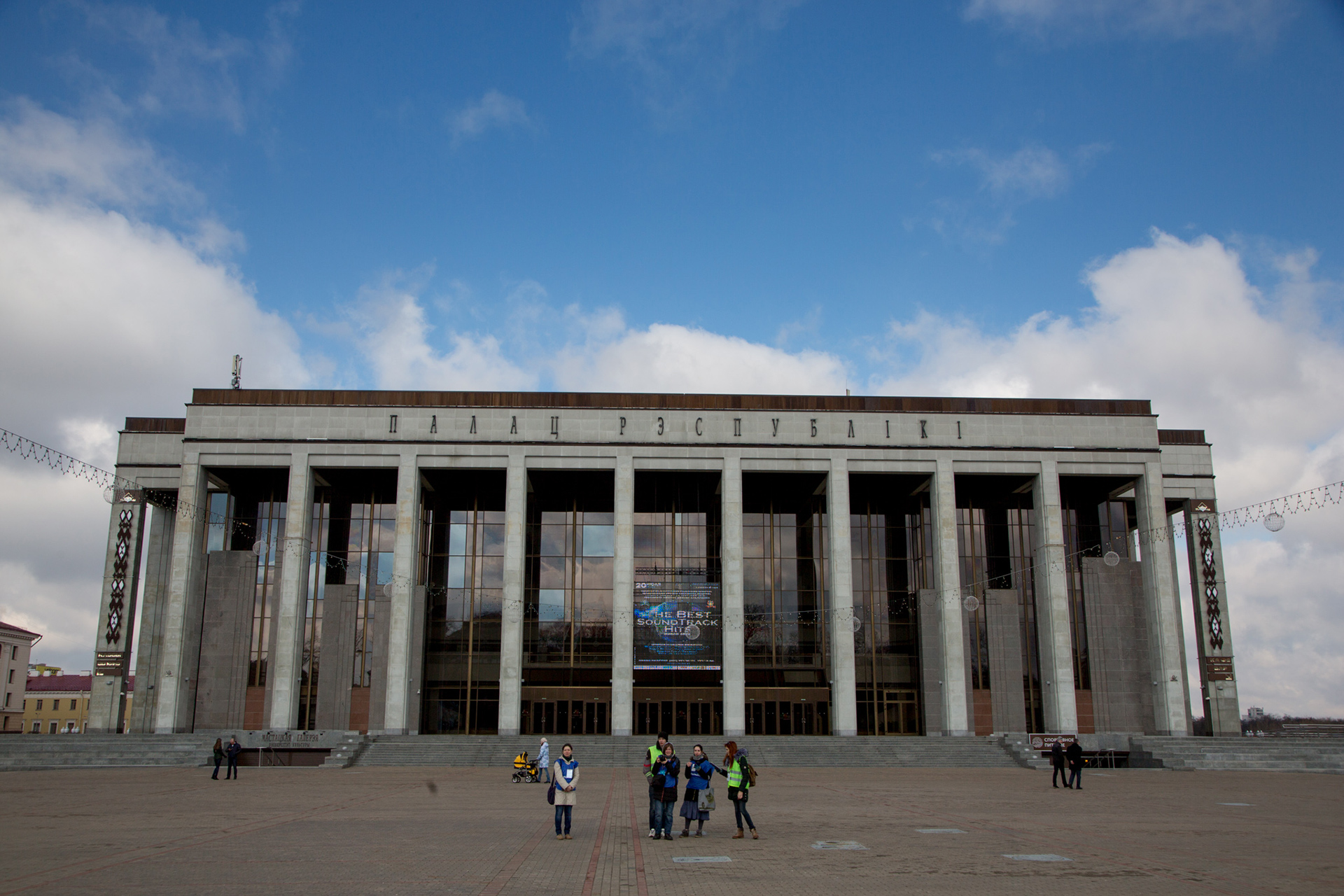
Moscow: Sneakers for the Protest Poster
The Sunday protests in Russia were inspired by the investigation of the assets of the country’s prime minister Dmitry Medvedev by the Anti-Corruption Foundation. About seven or eight thousand people gathered in Moscow on Tverskaya Street (according to the police; the activists say there were much more people). Some of them were carrying sneakers instead of protest posters, in a reference to the Anti-Corruption Foundation’s investigation video.
The paddy wagons were lined up along the entire length of Tverskaya Street. Although the first passersby were arrested before the protest started, the police arrested mostly people who were carrying protest signs. The others were asked to relocate to Sokolniki district, the area where the authorities allowed to hold a protest.
After one of the protesters carrying the sign ‘Putin 666’ climbed up Pushkin monument, the fight between the riot police officers who took him down and the protesters ensued. That’s when they started arresting everybody they could reach and using batons. The total number of people arrested is over 1000.
The protesters climbed up Pushkin monument several more times, as well as plastered it with posters saying ‘
Thousands of people also hit the streets in other large cities. For instance, about 10,000 people participated in a protest in St. Petersburg. No fewer than 130 people have been detained there. The protests were characterized with the active participation of the youth, in particular, underage people.
A familiar version of the name Dmitry
Russian name for the mole cricket, which also sounds similar to the last name, Medvedev.
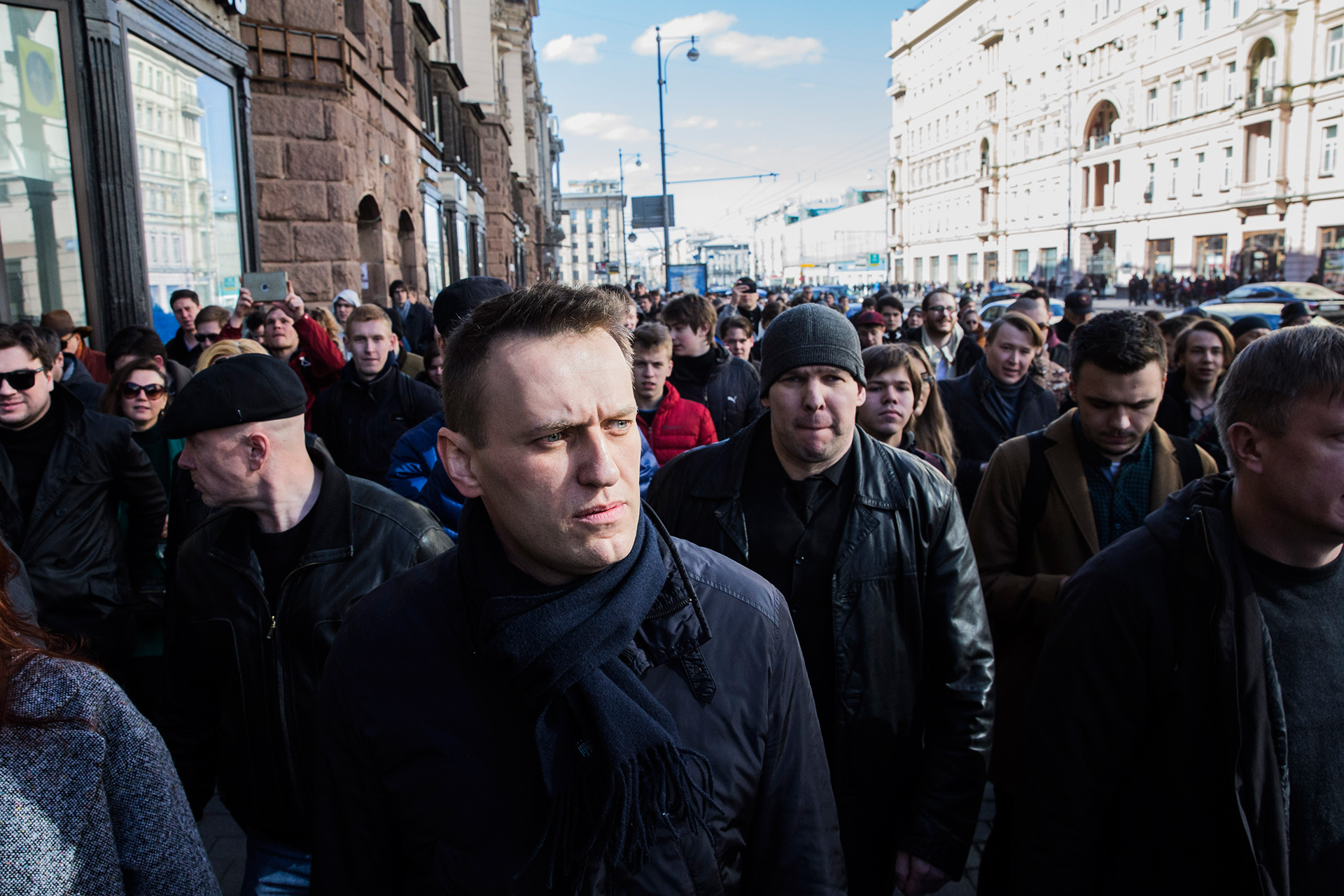
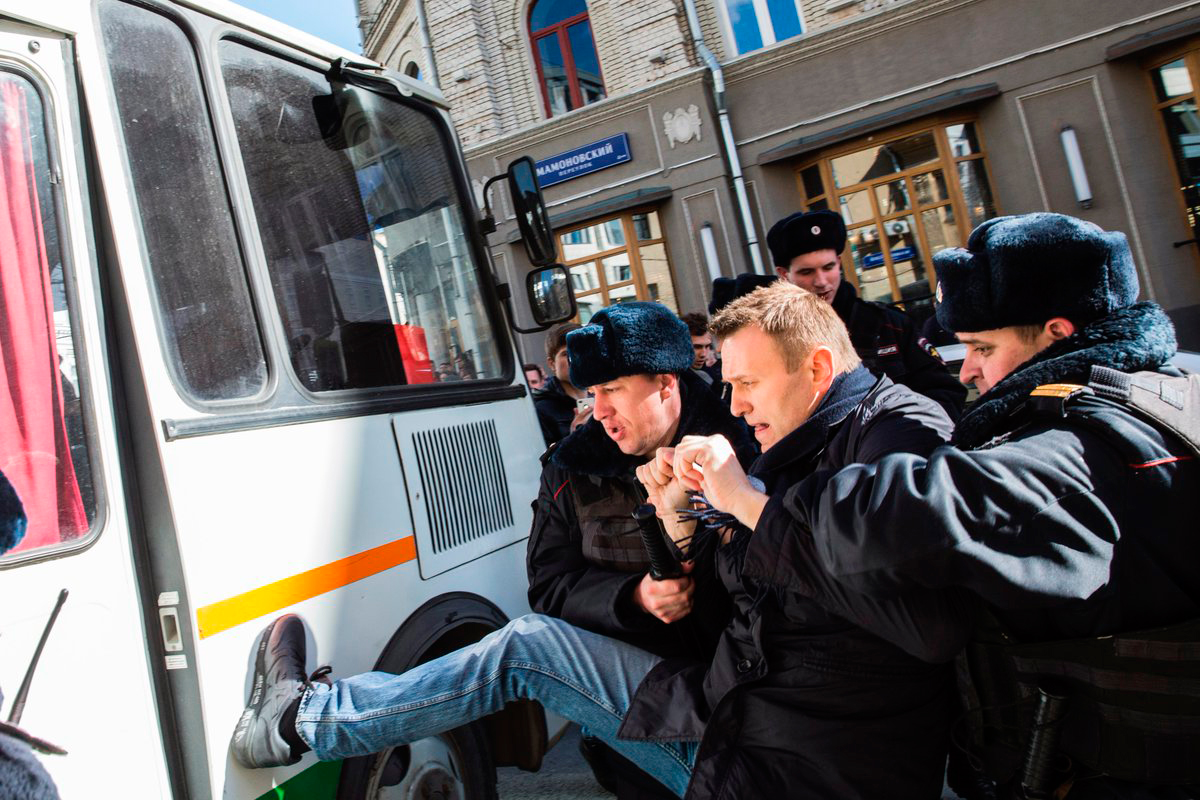
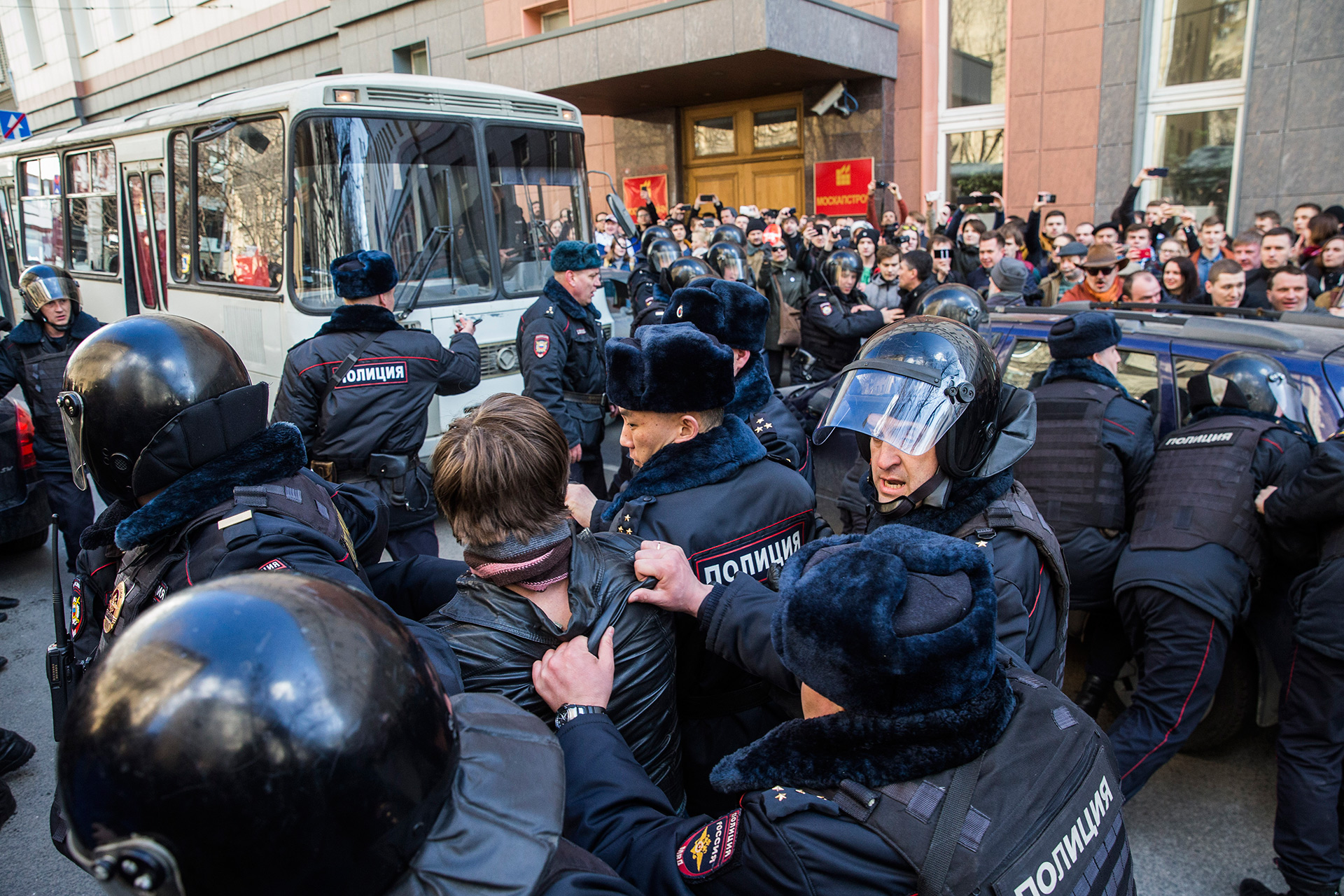
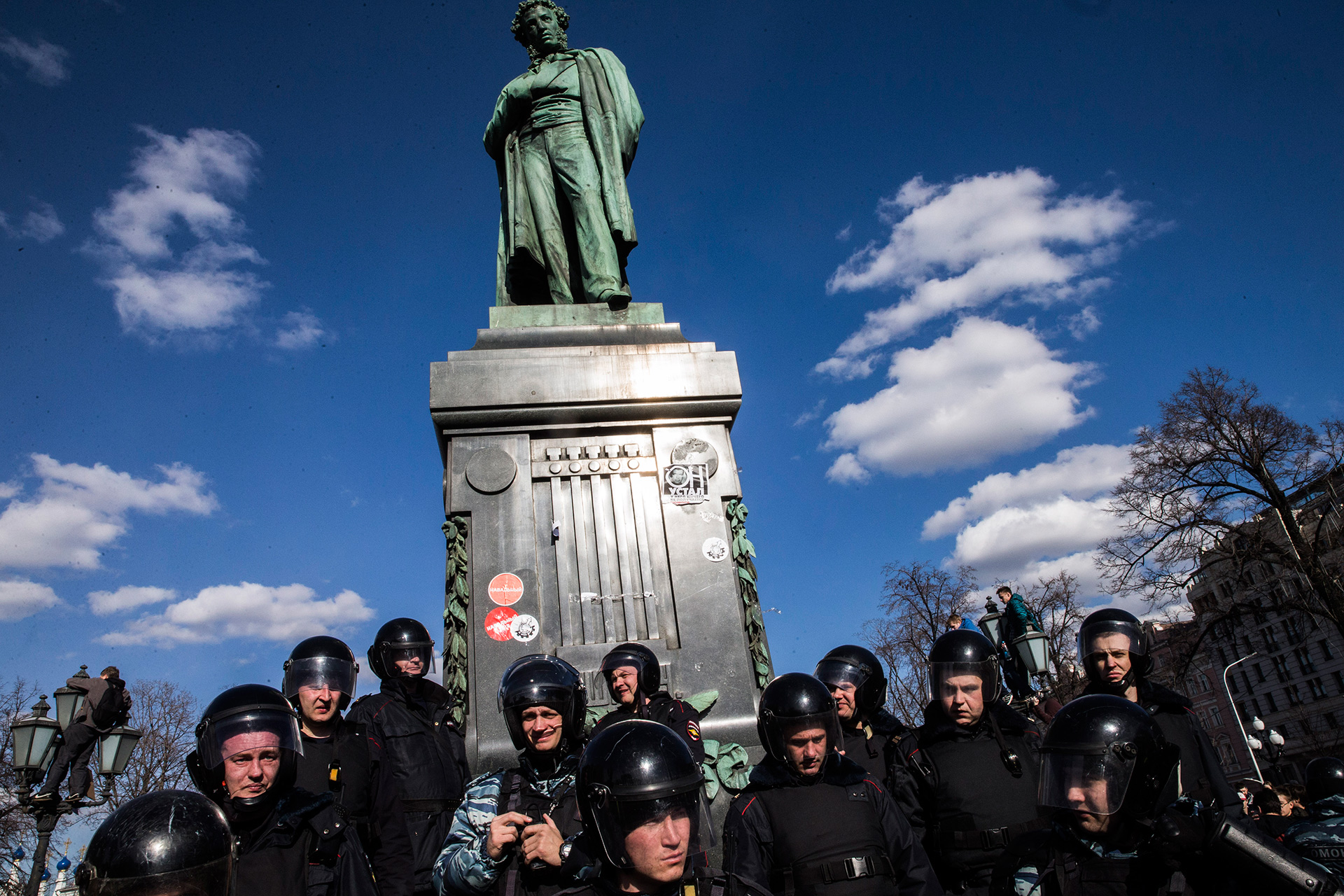
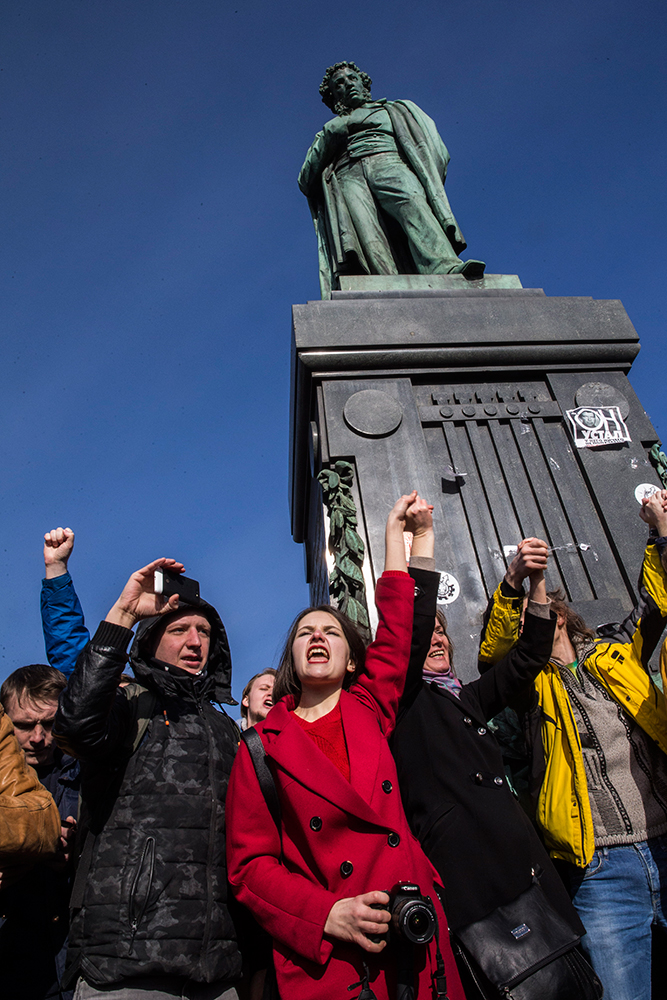
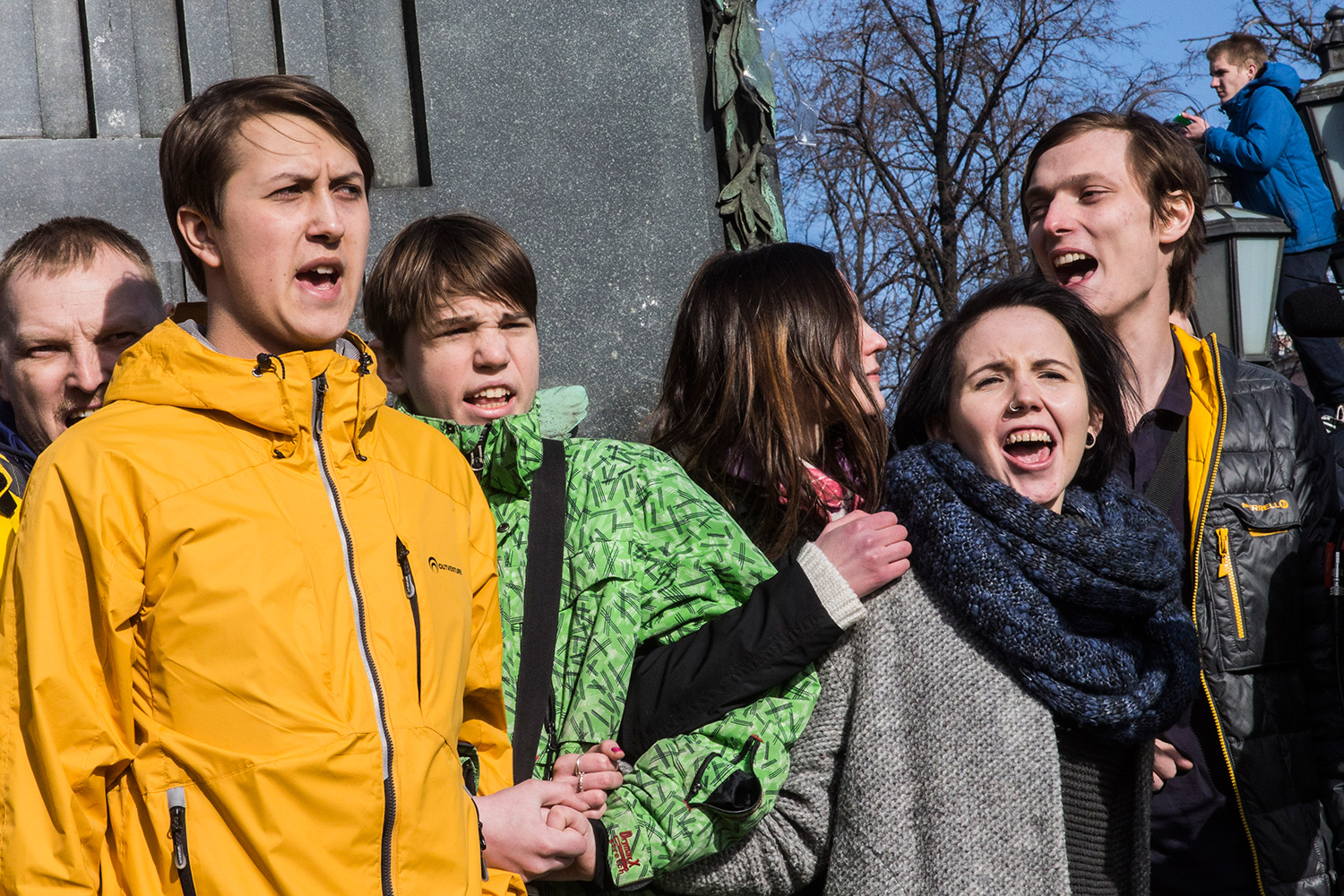
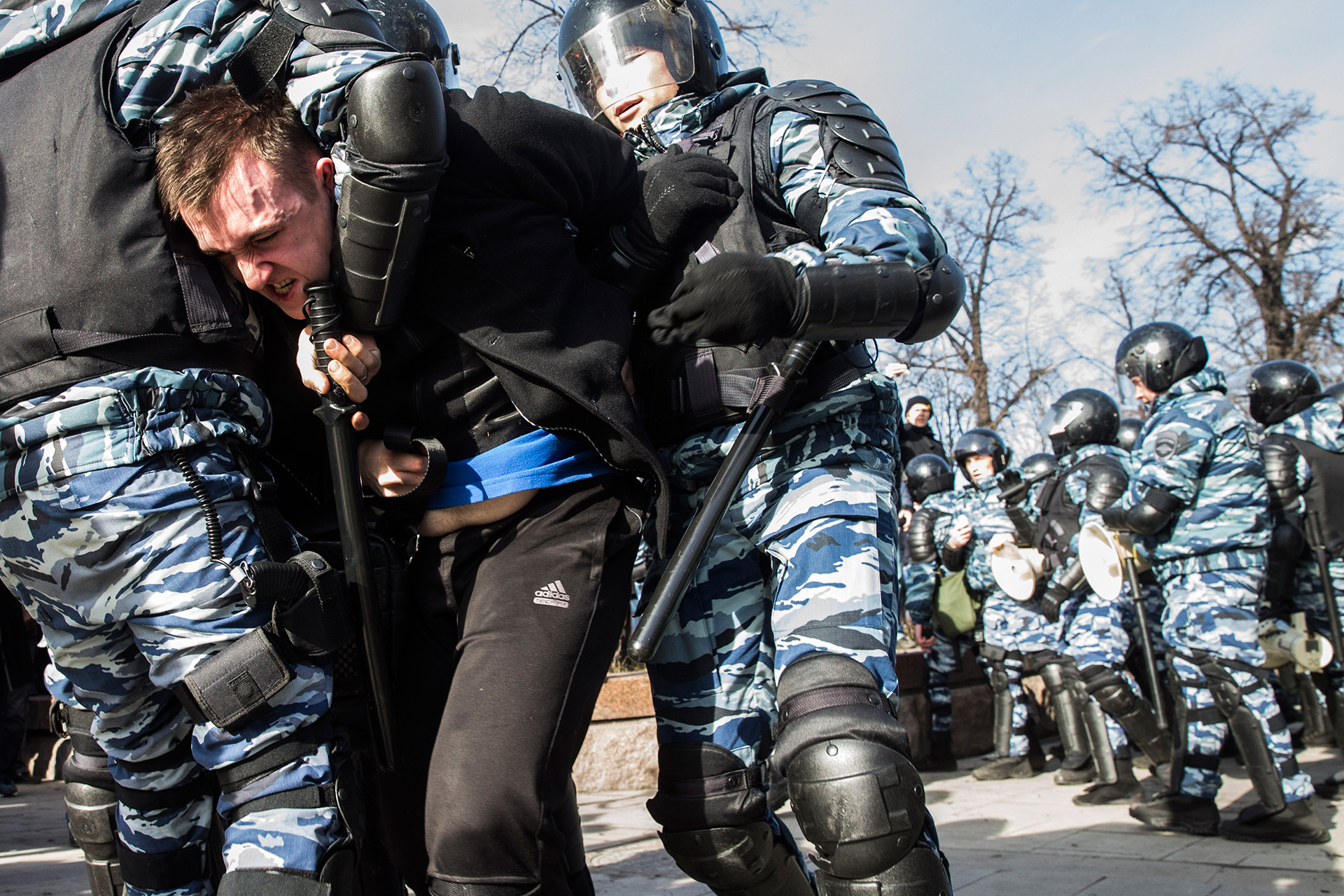
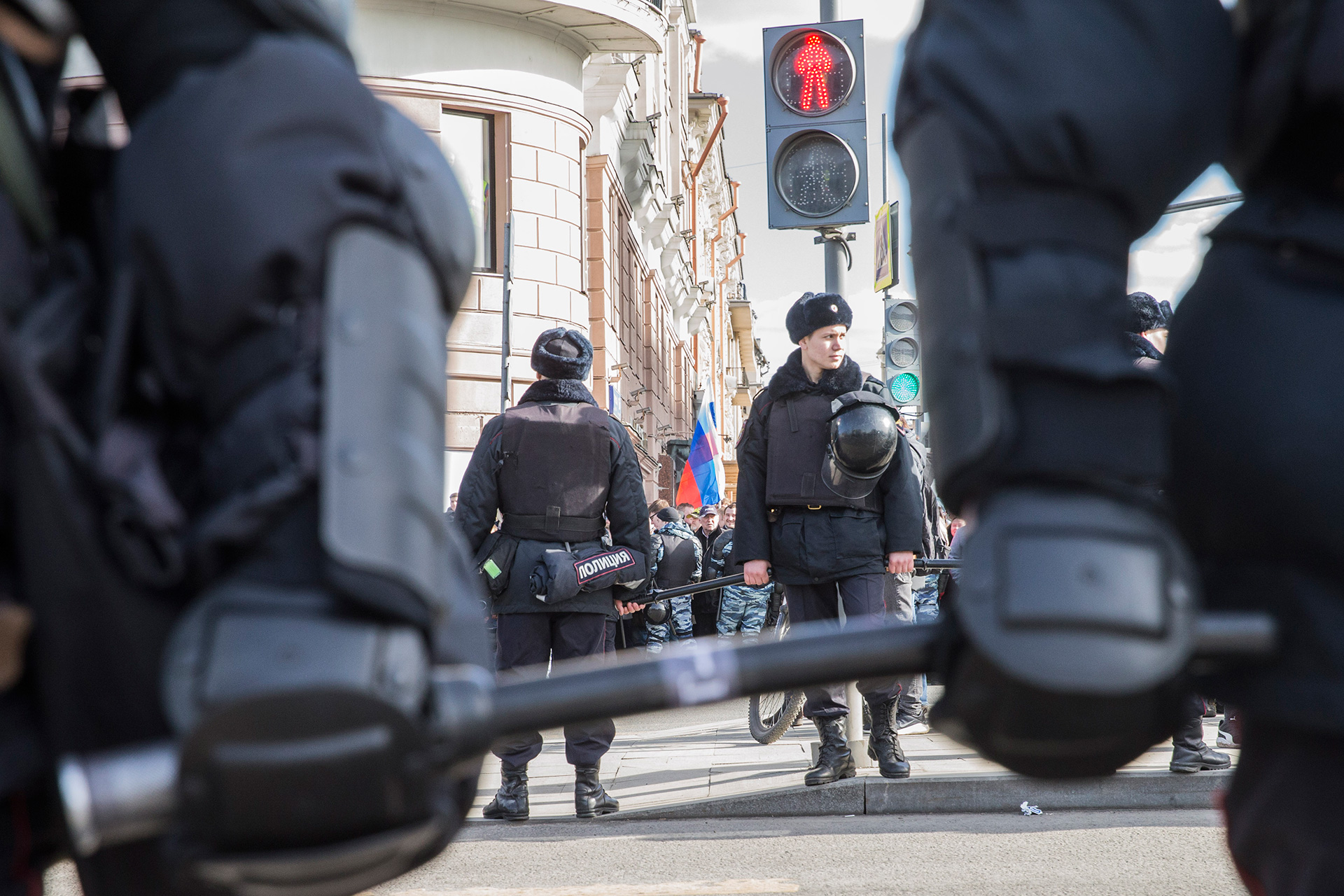
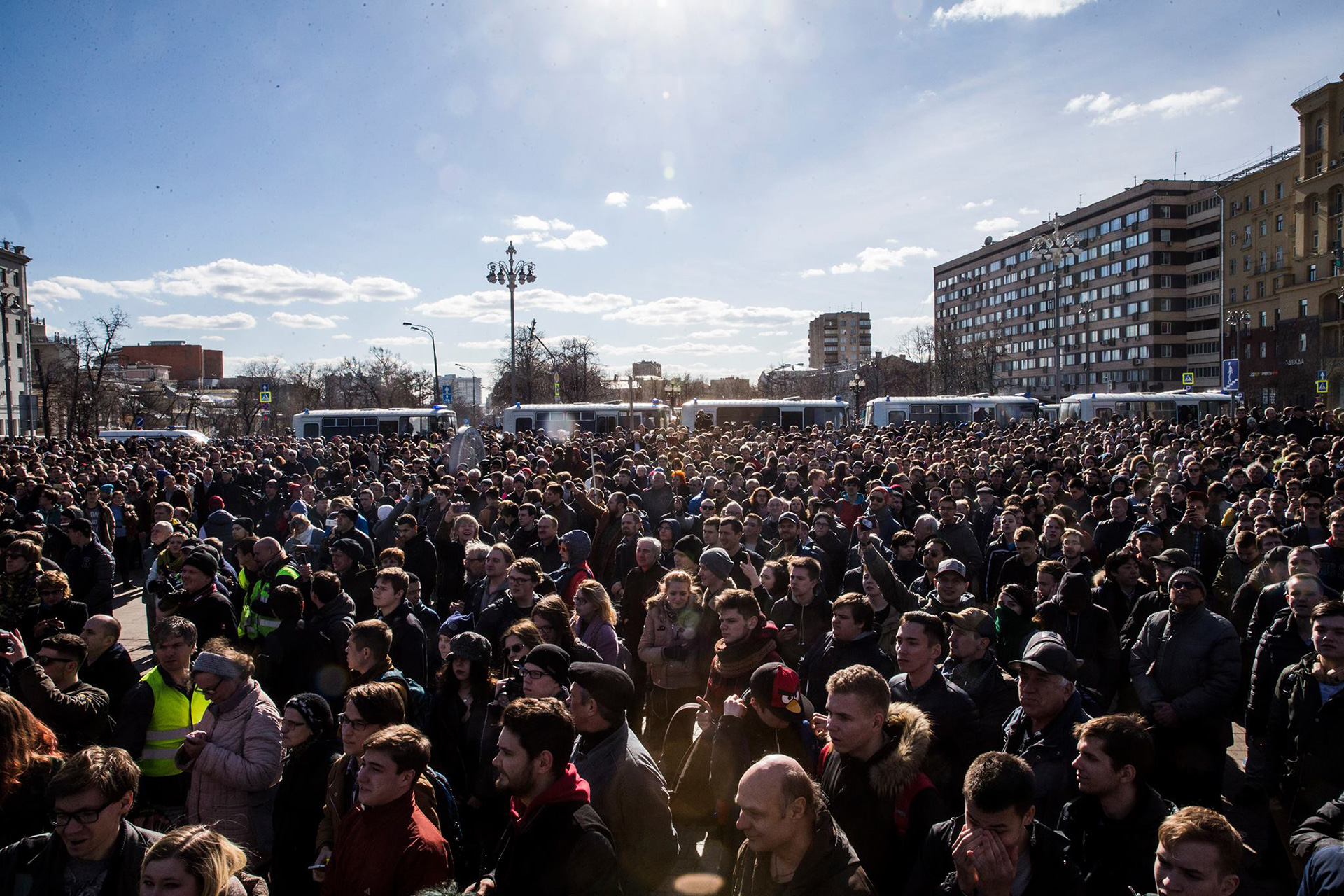
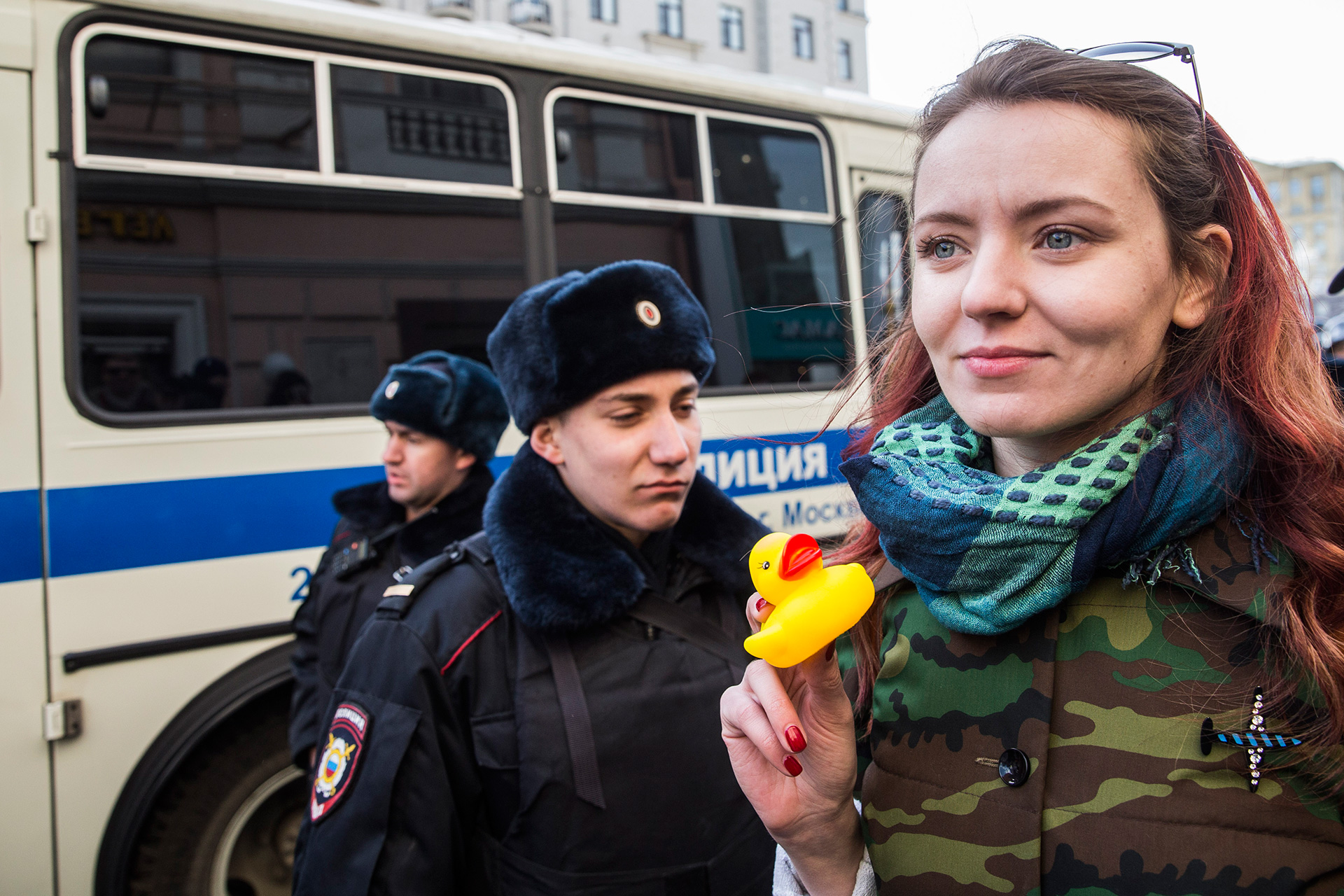
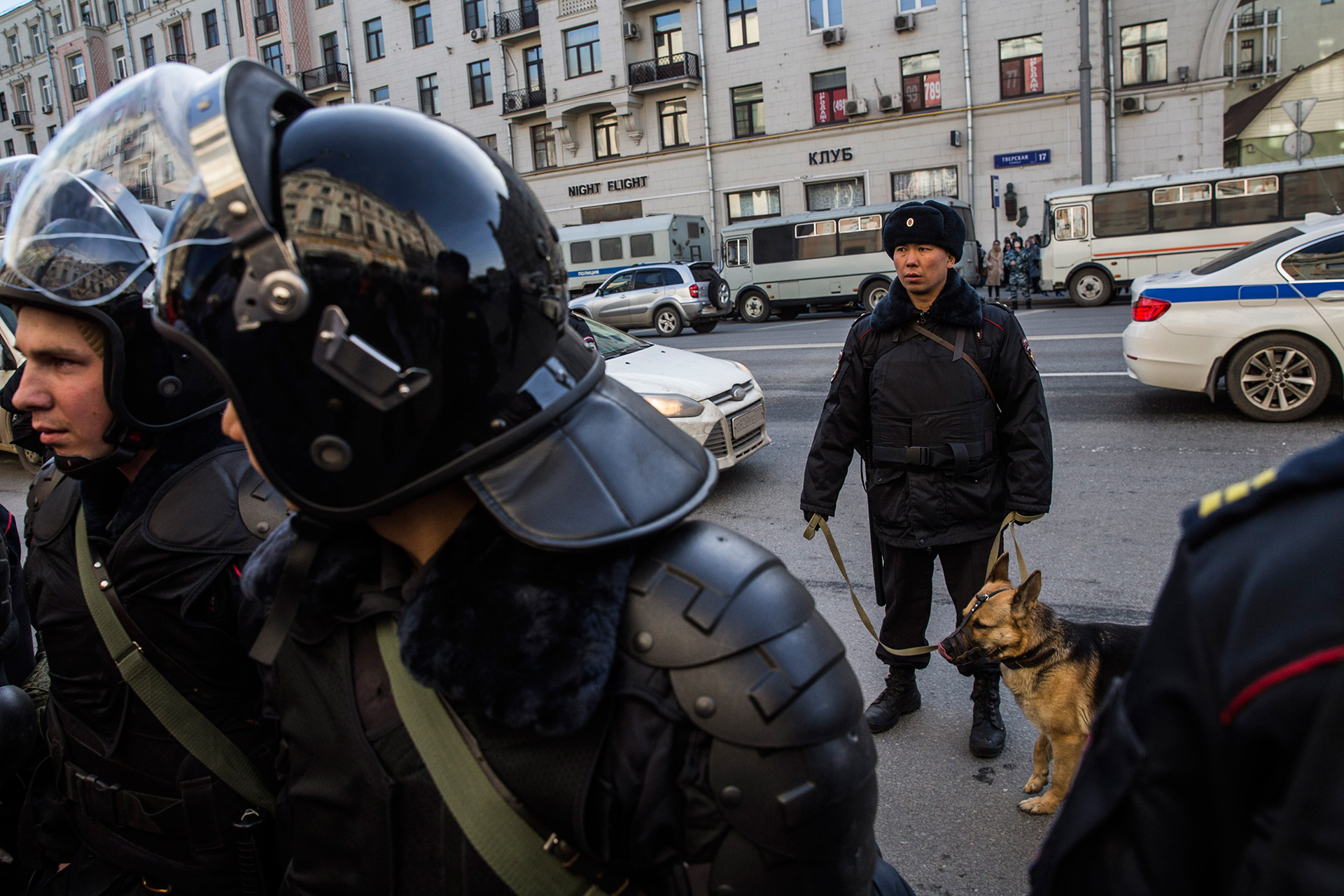
Photo: Petr Shelomovskiy from Minsk for Bird in Flight and Evgeny Feldman from Moscow for Alexey Navalny’s campaign.
